The capital of Bavaria is a cocktail of tourist attractions with a long tradition. The Bavarian atmosphere is completed by the well-preserved old town, museums, parks and of course lots of beer.
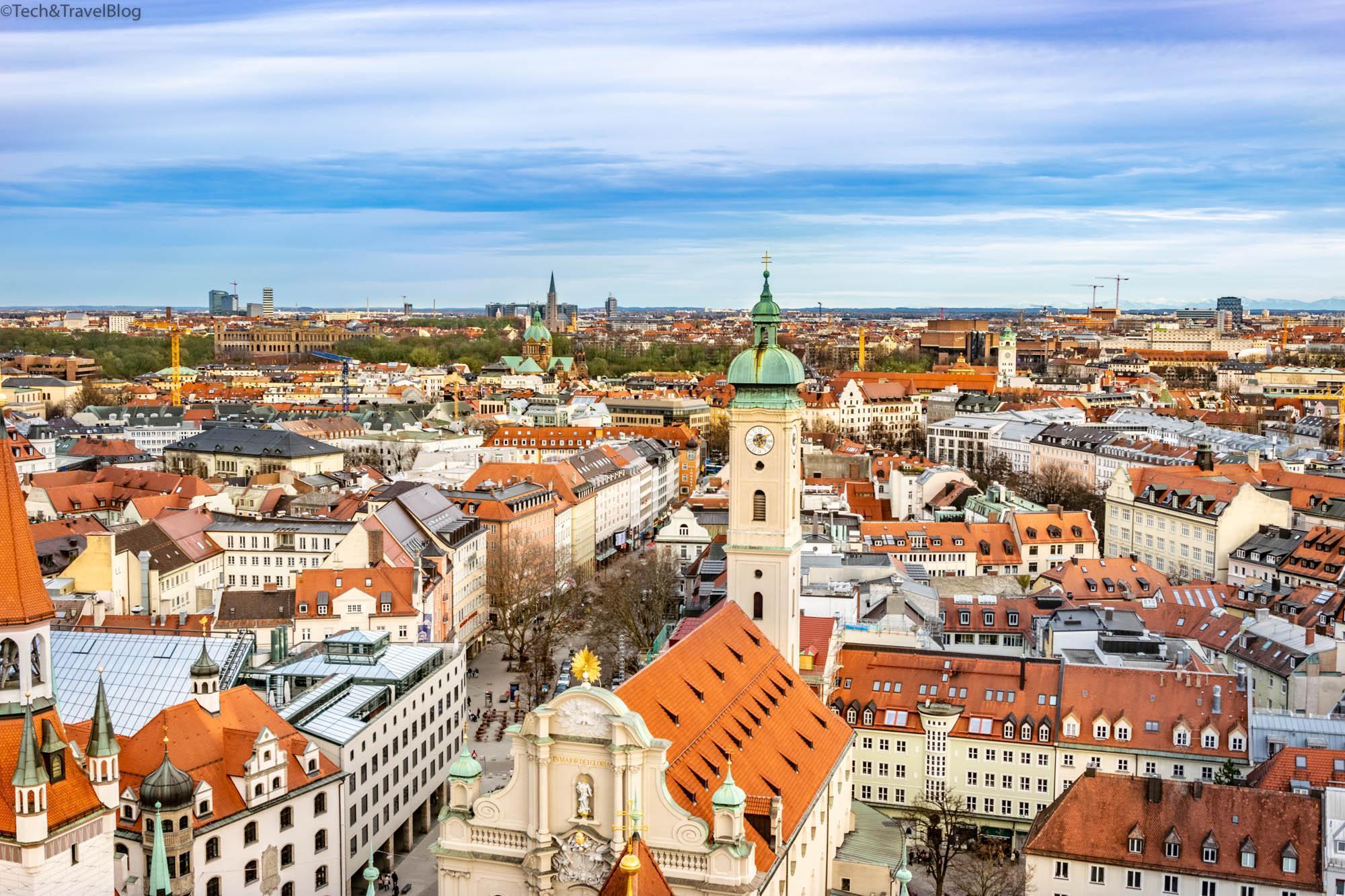
BMW, FC Bayern or the incomparable Oktoberfest are just a few names that make Munich known worldwide.
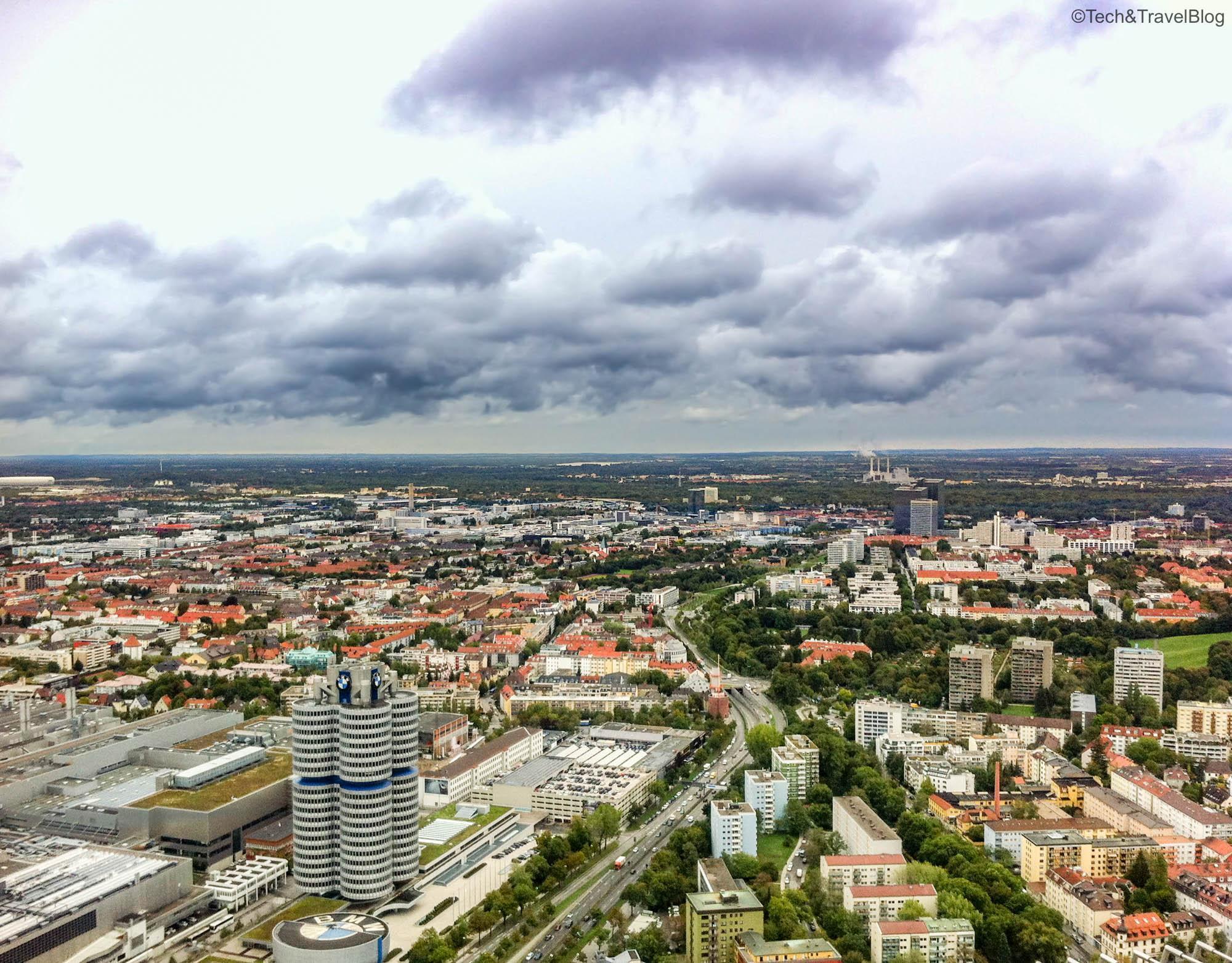
If you don’t have a lot of time at your disposal, a two-day city break is enough to visit the main tourist attractions.
What we visited in Munich
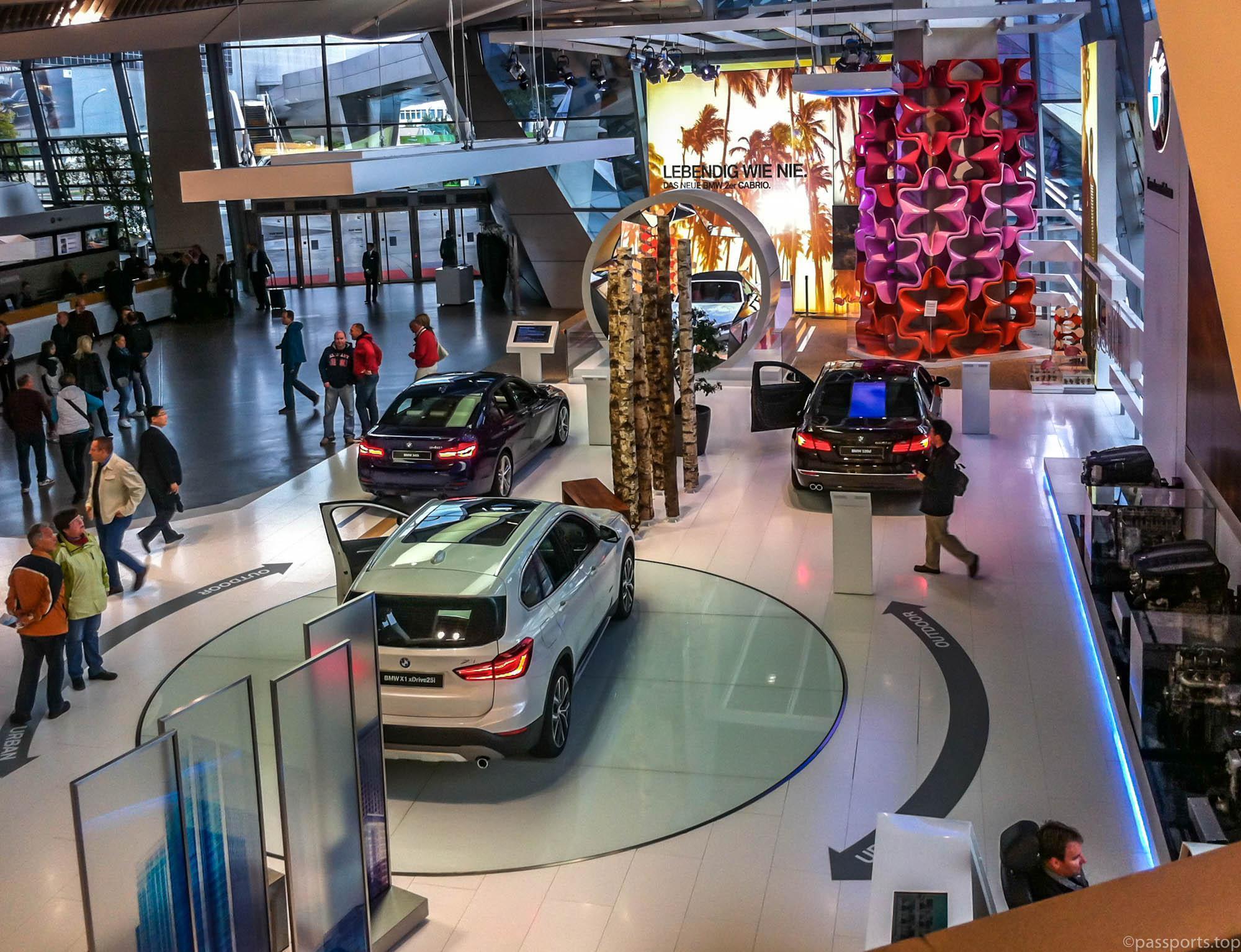
Known worldwide as BMW, Bayerische Motoren Werke AG founded in 1913 is headquartered in Munich.
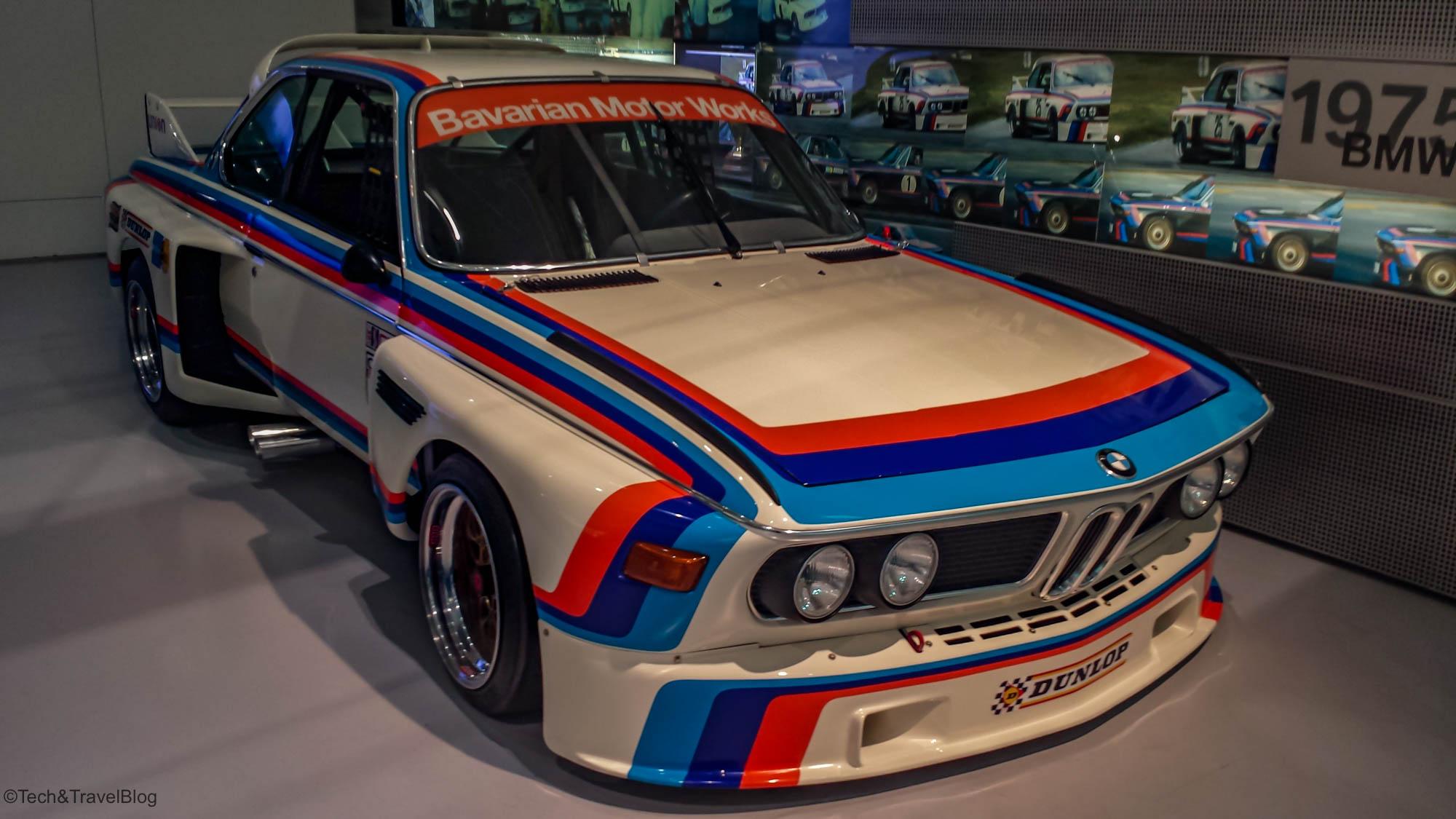
Here you can visit the BMW Welt (BMW World) – the world’s most spectacular car dealer showroom, where you can see the newest models on the market, book a test drive or buy BMW accessories – and the BMW Museum – located in a circular building where the history and development of the brand throughout history is presented. The price of a ticket is €10/person to visit the museum, and access to BMW Welt is free.
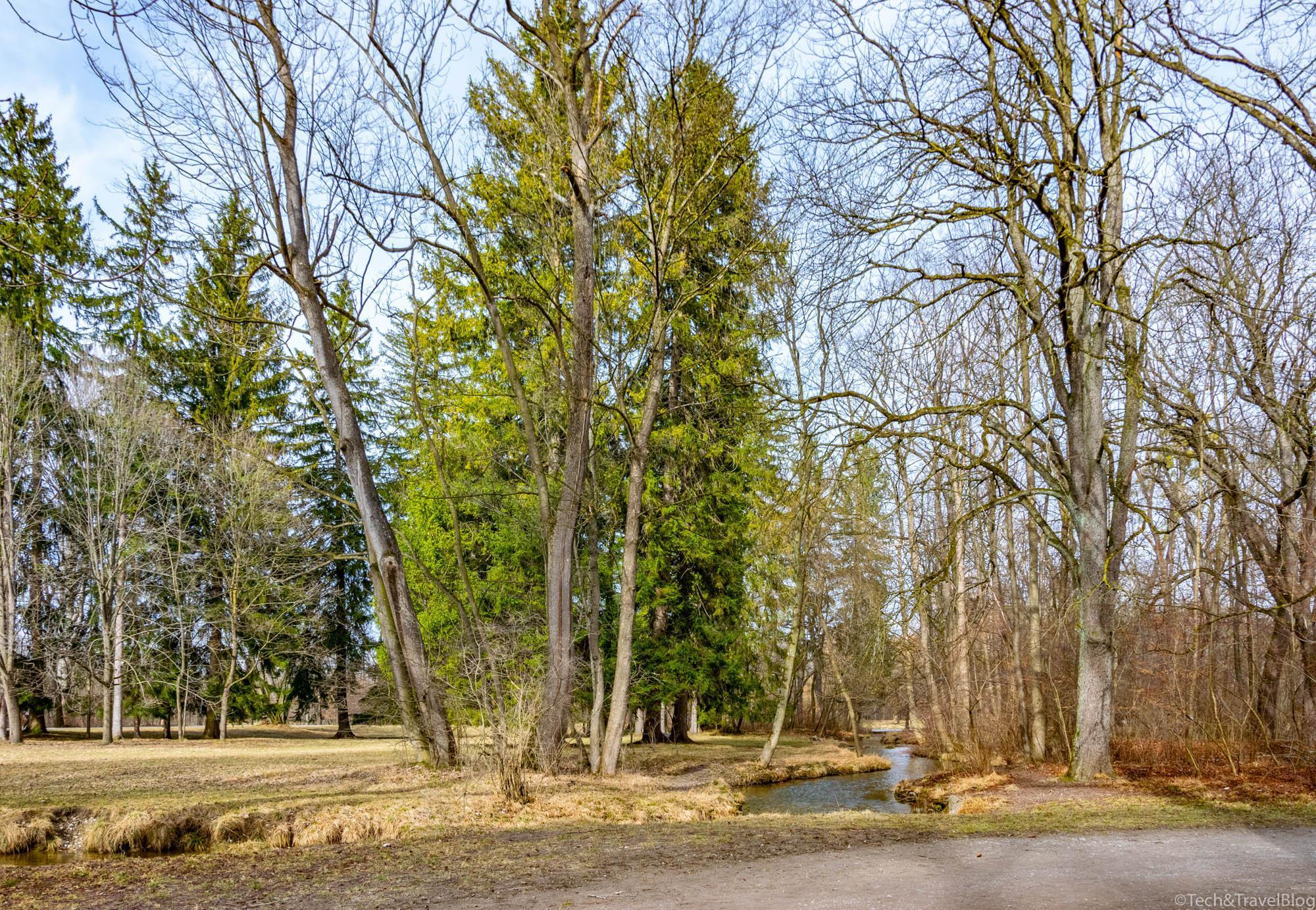
The Englischer Garten (English Garden) is the largest green area in Munich, with an area of approximately 4 km². From the vast meadows taken over by people relaxing, picnicking or playing football or tennis, to the interesting constructions you can visit (a Japanese tea house, a Chinese tower or a Greek temple) or the surfing area from the river Eisbach, you can’t get bored in this huge park.
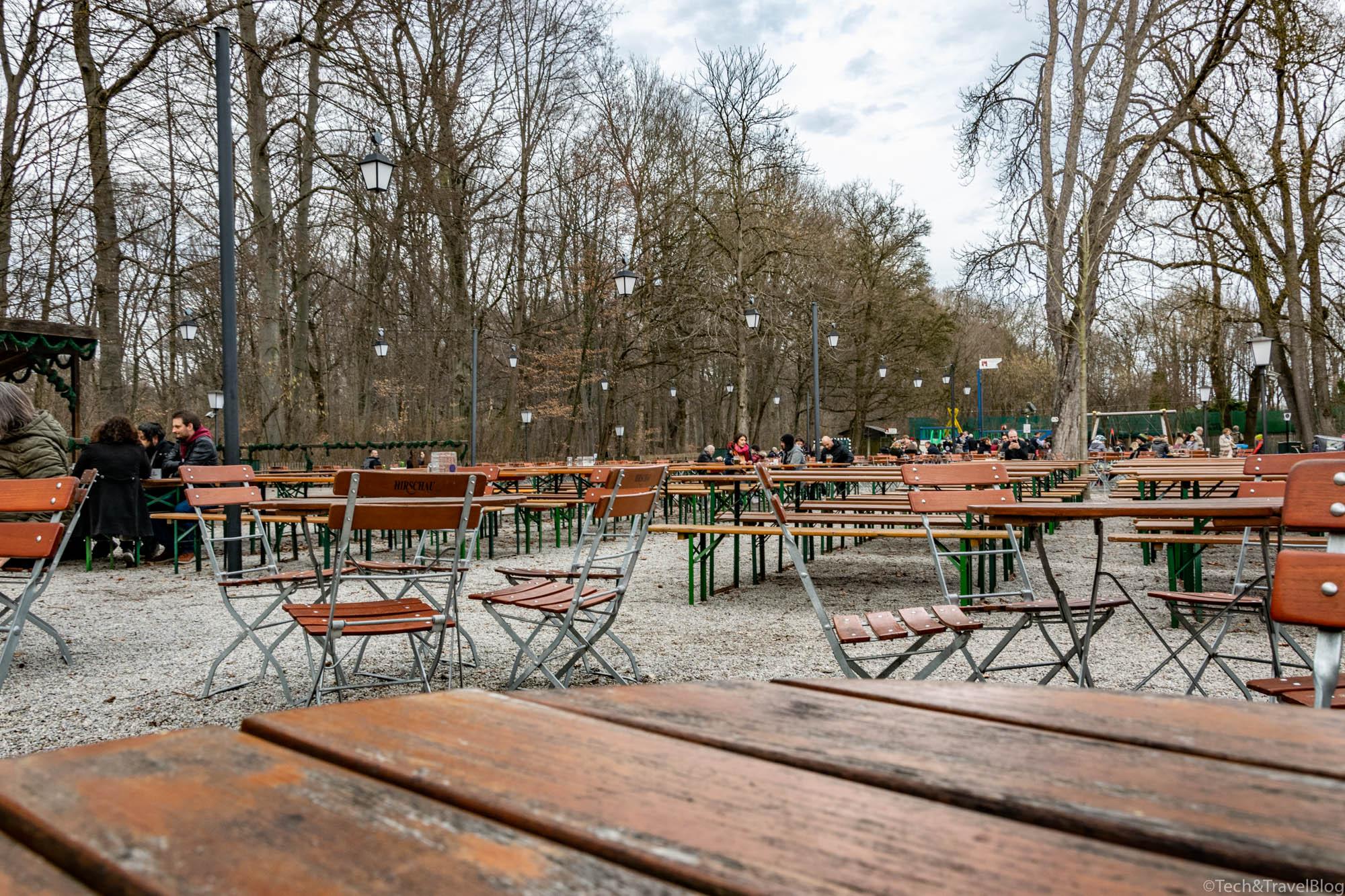
Of course, there is no shortage of beer here: there are several terraces where you can find drinks and traditional food.
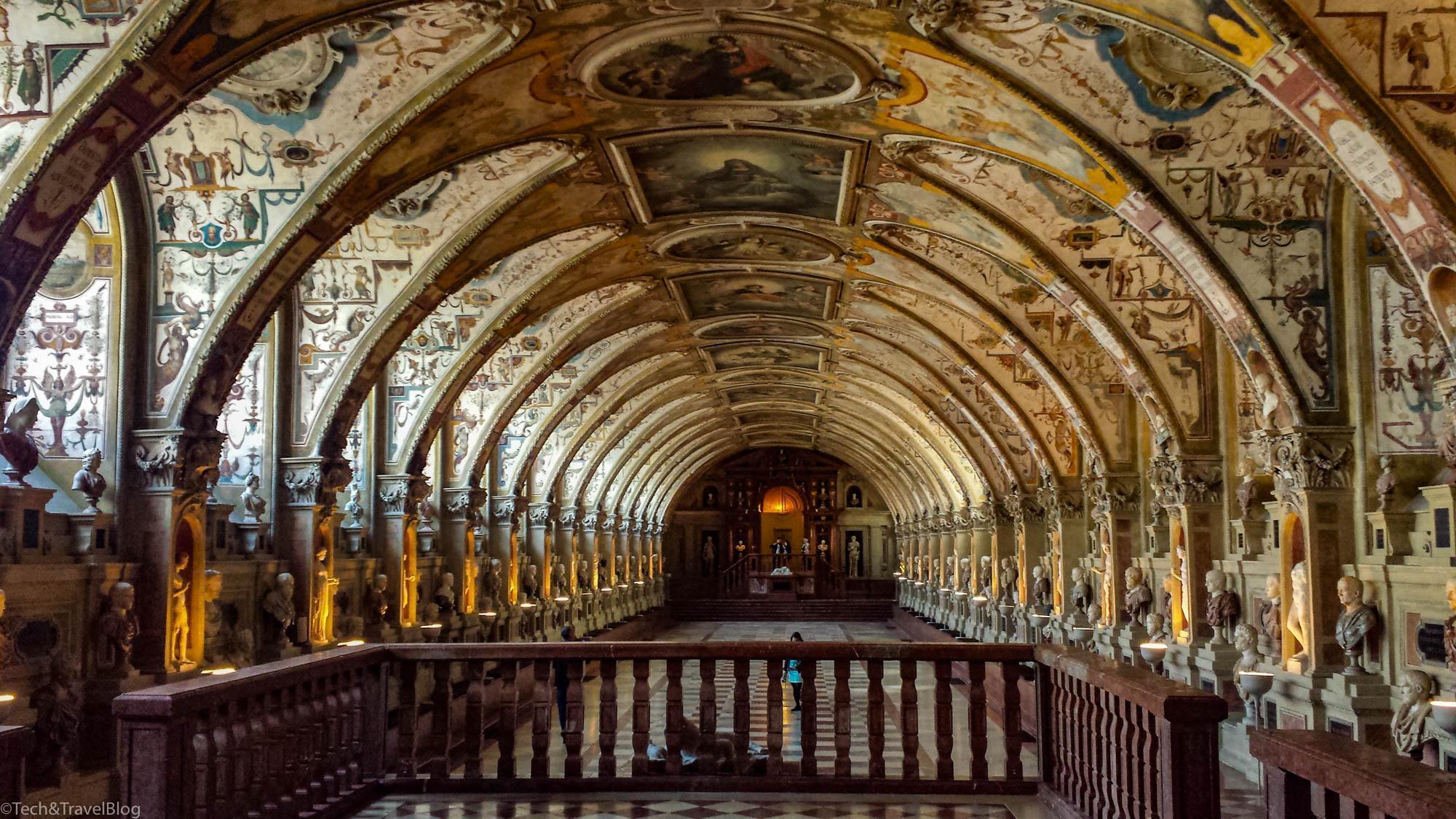
The Residenzmuseum served as the seat of government and residence of Bavarian dukes, electors and kings from 1508 to 1918. Over the centuries it was transformed by rulers into a magnificent palace, its buildings and gardens expanding further into the city.
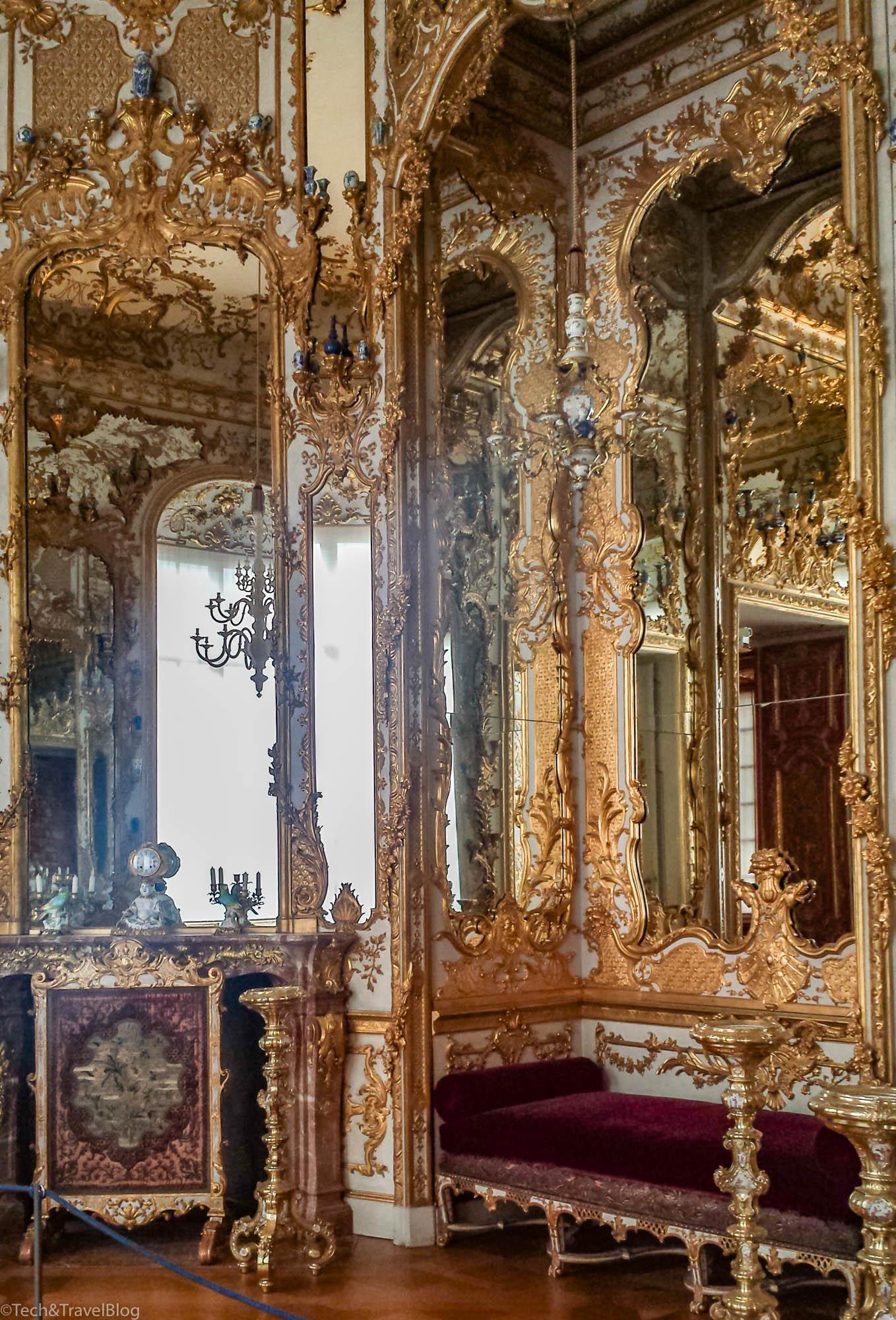
The rooms and art collections span a period that begins with the Renaissance and extends through the Baroque and early Rococo eras to Neoclassicism, making it one of the largest museum complexes in Bavaria. The price of a ticket varies from €7 to €17/person, depending on how many sights you choose to visit.
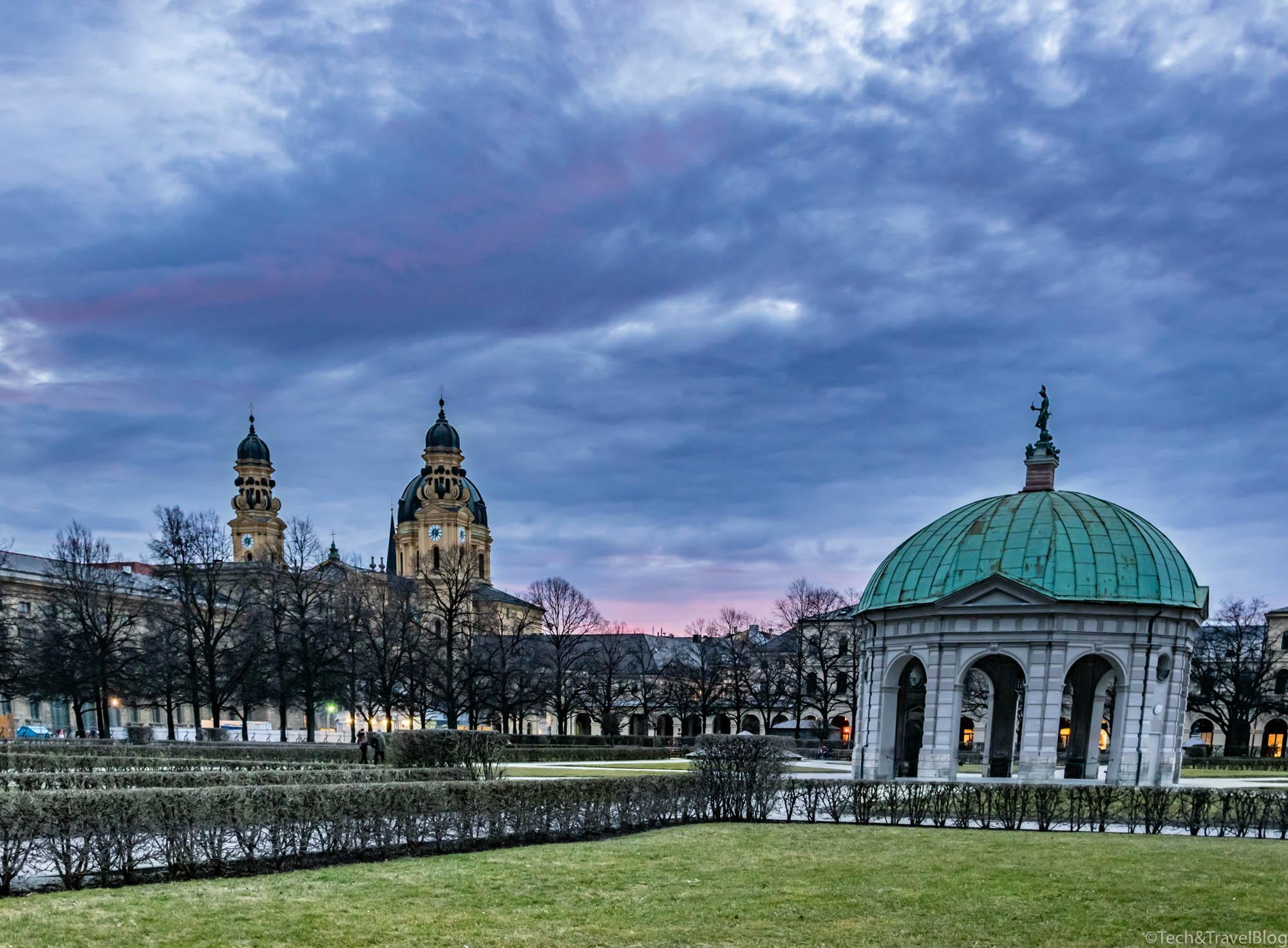
North of the Residenz is the Royal Garden (Hof Garten), bordered by arches designed in the 19th century.
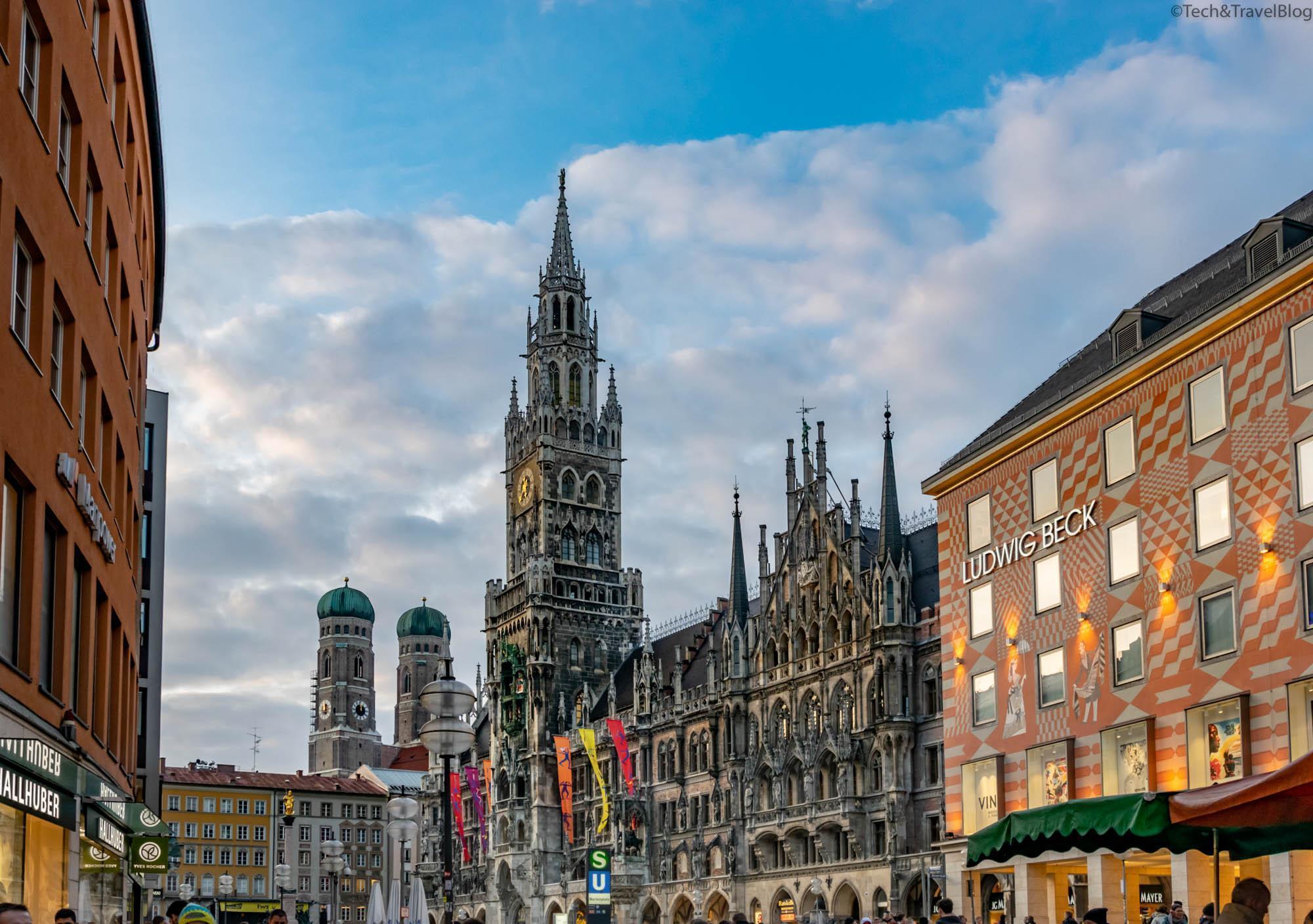
Regardless of the season, Marienplatz is full of locals and tourists. The square has been in the heart of the city since the 12th century and is dominated by imposing attractions, including the Neues Rathaus (New Town Hall), the Altes Rathaus (Old Town Hall) and the Mariensäule (St. Mary’s Column) – a monument that recalls the withdrawal of Swedish troops from Munich during the 30 Years’ War. The gilded statue at the top depicts the Virgin Mary as the “Queen of Heaven” – the patroness of Bavaria.
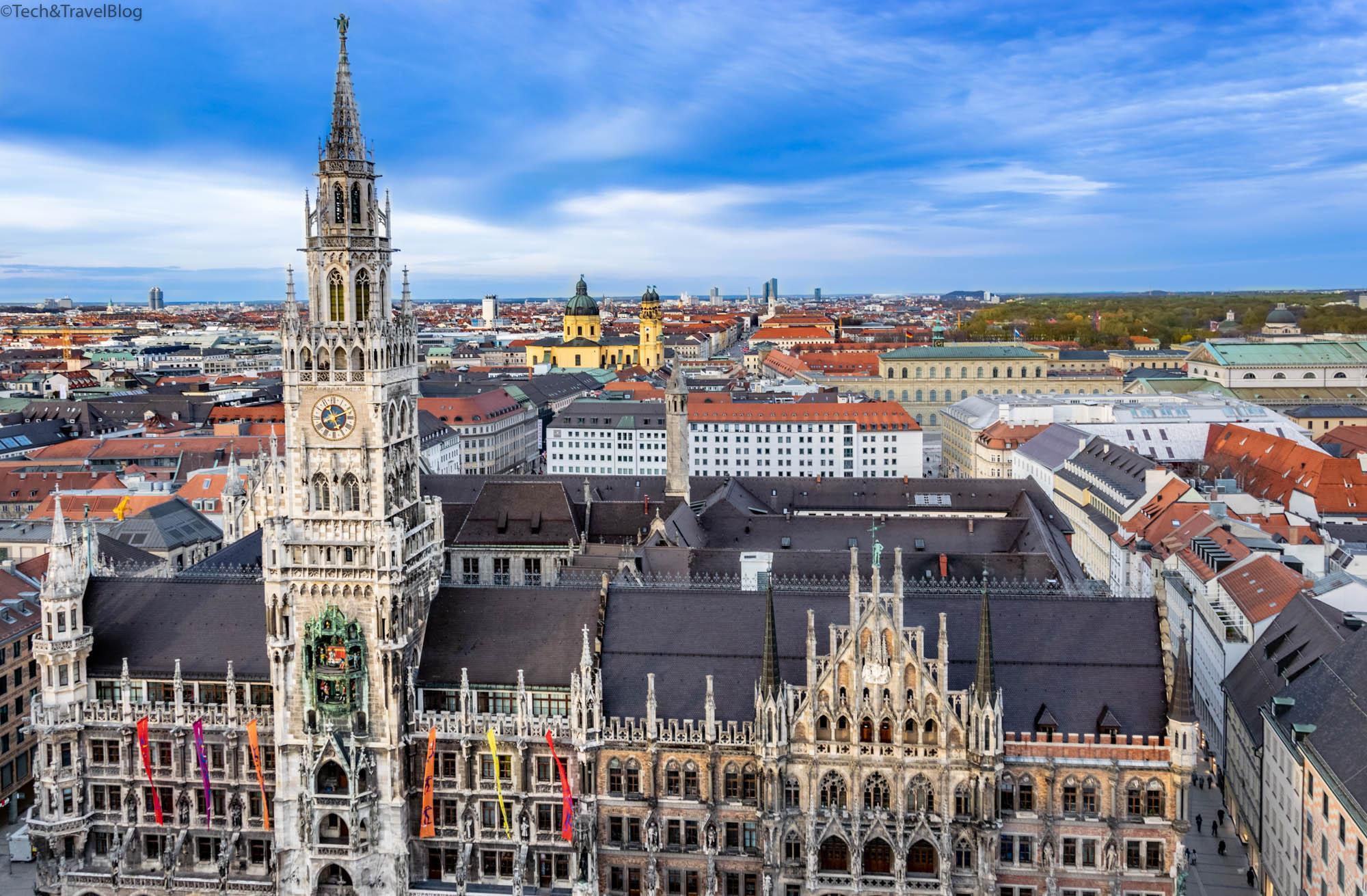
The Neues Rathaus (New Town Hall) in Marienplatz is a Gothic Revival marvel and one of the city’s most important attractions thanks to its highly decorated facade.
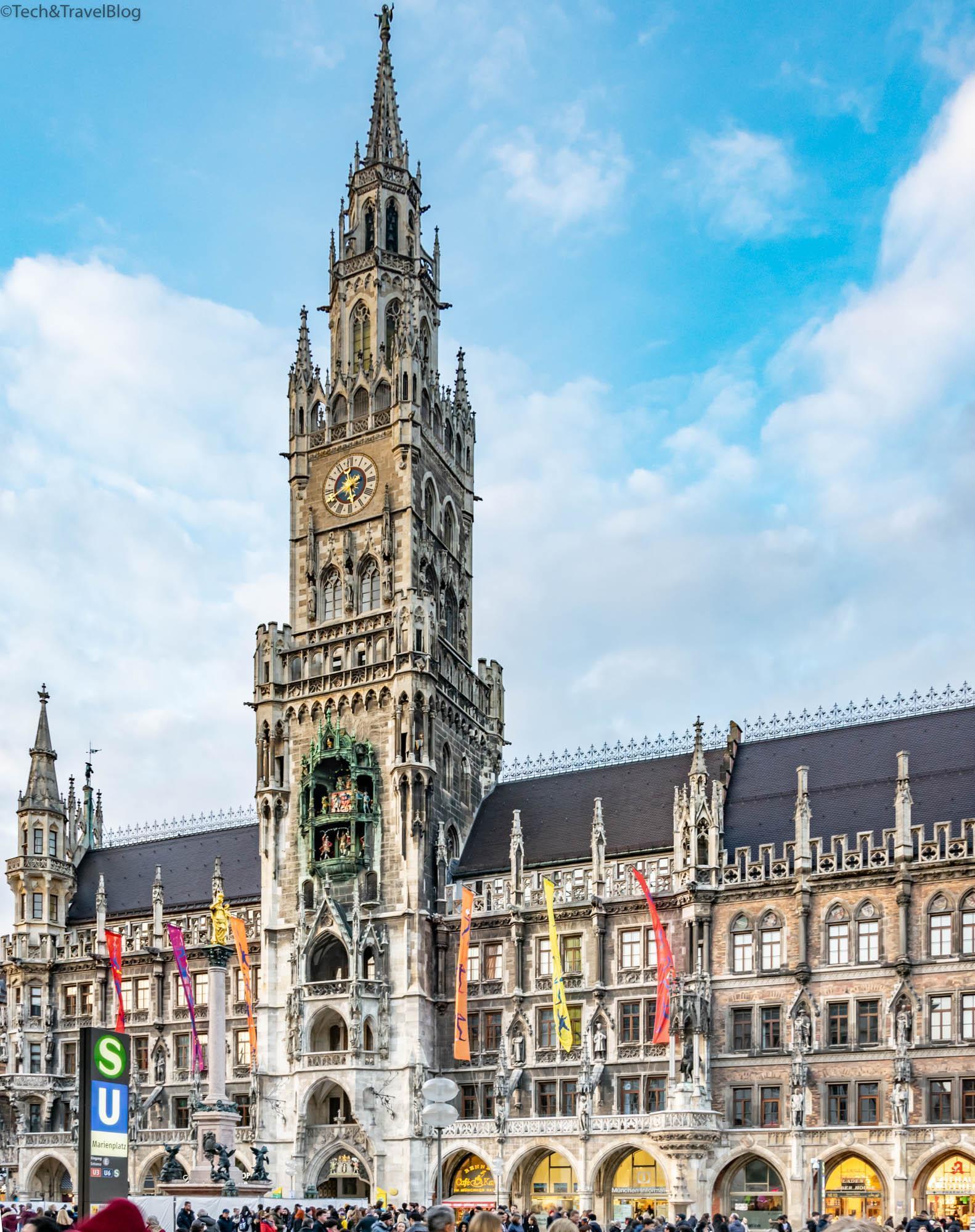
For most visitors, the Glockenspiel (mechanical clock) in the town hall tower captures most of the attention. From March to October, the famous clock chimes every day at 11 a.m. and 5 p.m., when the 43 bells ring and more than 30 figurines fight, sing or dance, creating a real spectacle.
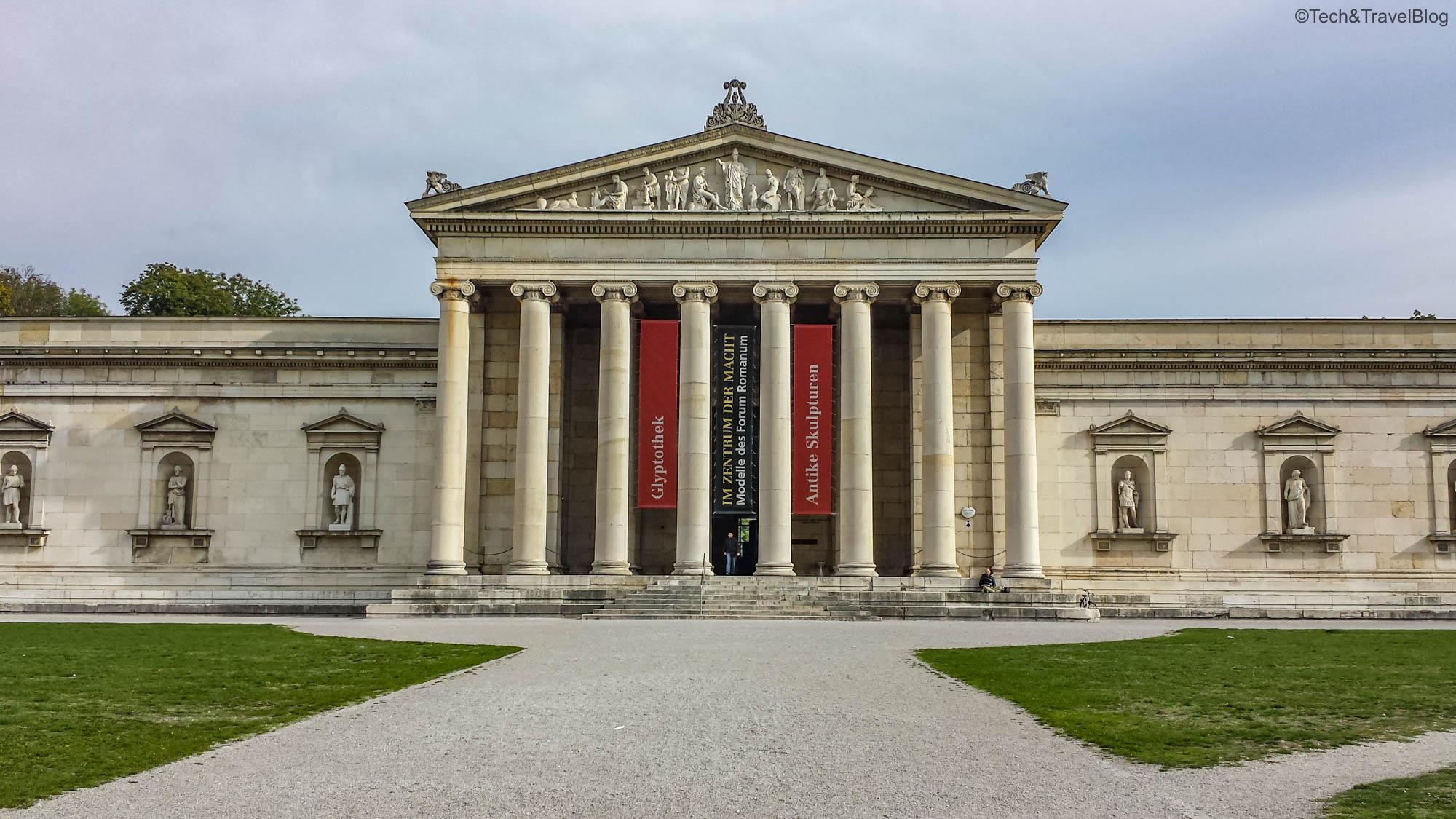
The Glyptothek is a neoclassical temple built by order of King Ludwig I as a repository for his collection of Greek and Roman sculptures. The building was completed in 1830, making it the oldest museum in the city. Today it houses more than 1000 years of sculpture, spanning the Archaic, Classical and Hellenistic periods.
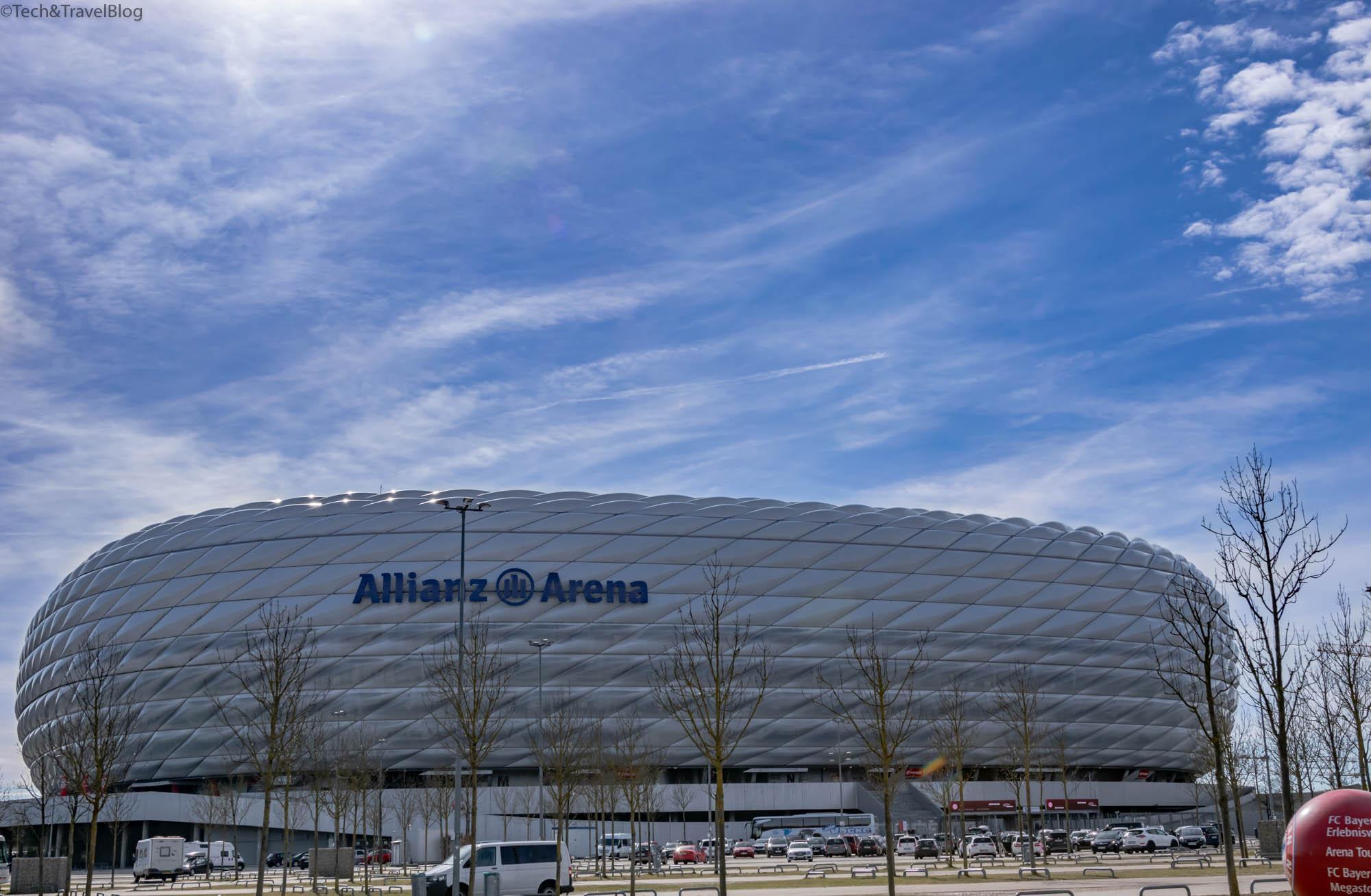
The Allianz Arena – home of Germany’s top team, FC Bayern – is covered in 2,874 light panels that light up in the club’s colors on match days. You can take a one-hour guided tour of the changing rooms, players’ tunnel and press conference room. The price of a combined ticket is 19€/person, and the itinerary or other details can be found on the official website.
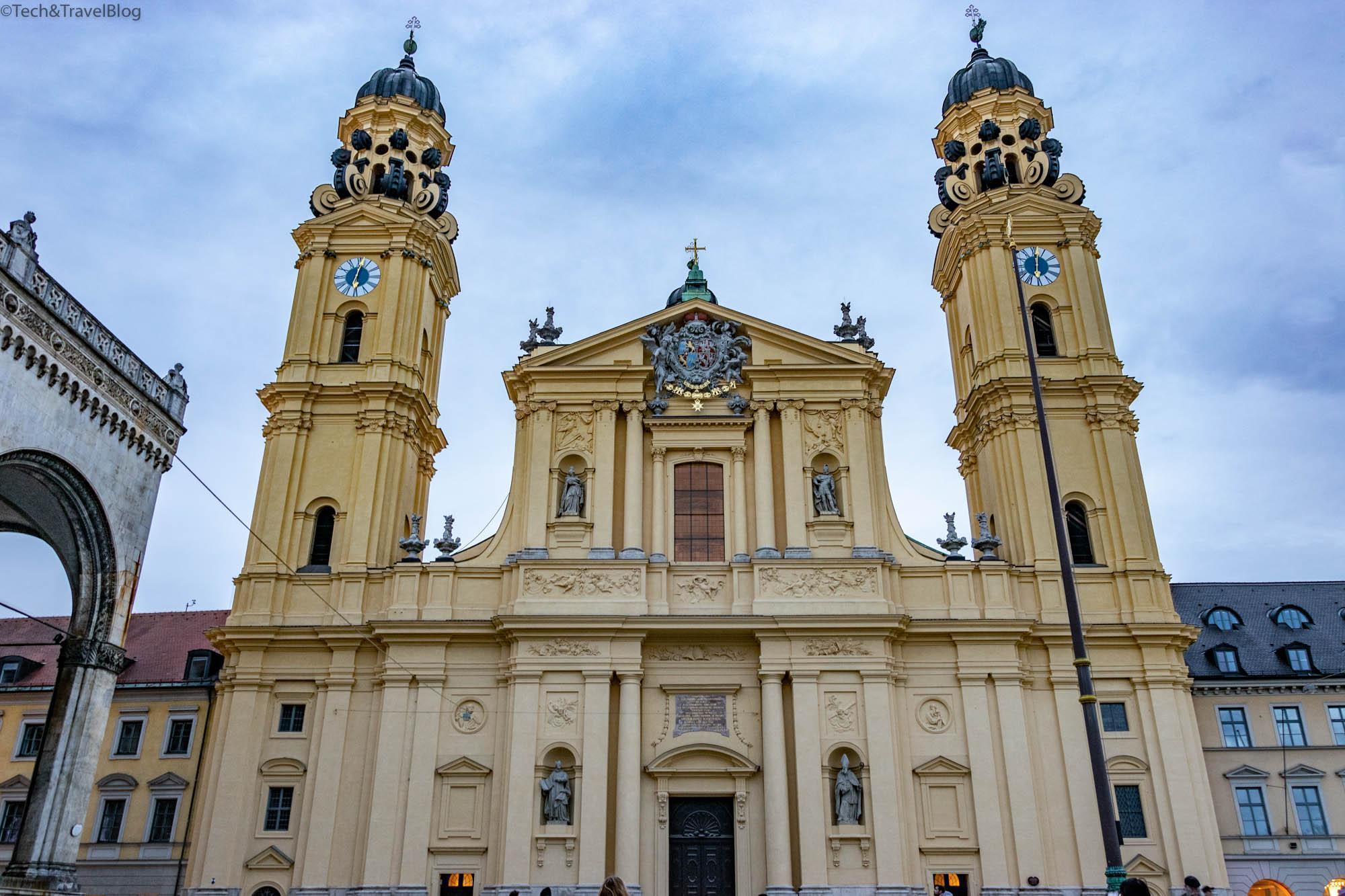
Theatinerkirche St. Kajetan is a basilica built in the Italian Baroque style, with a stunning facade and a richly decorated interior. It was built in 1690, with two twin towers and a massive 71-meter dome.
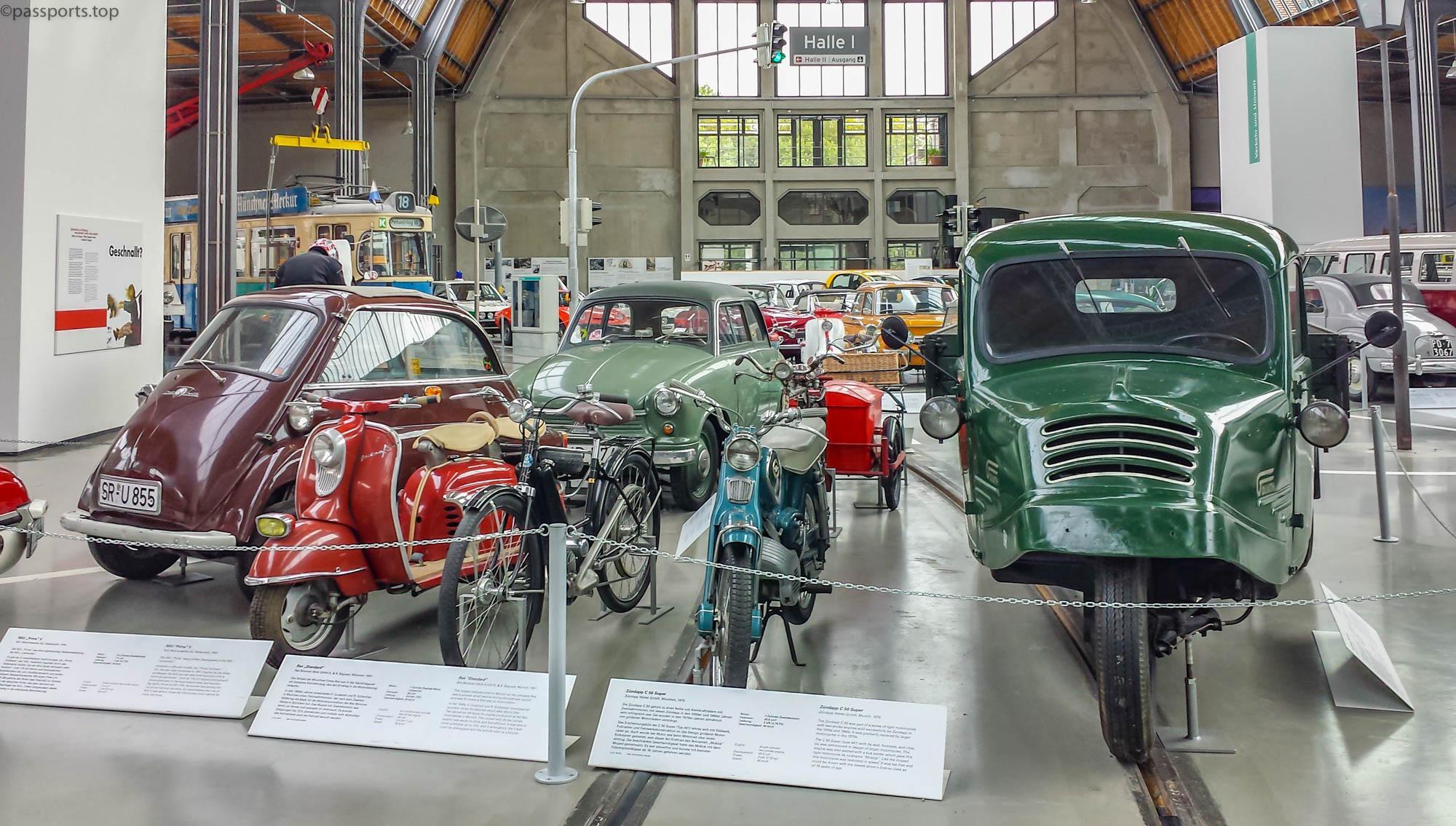
The Deutsches Museum Verkehrszentrum offers a unique exhibition of the history of land transport in its three themed halls: “Urban Traffic“, “Travel” and “Mobility and Technology“. The price of a ticket is 7€/person.
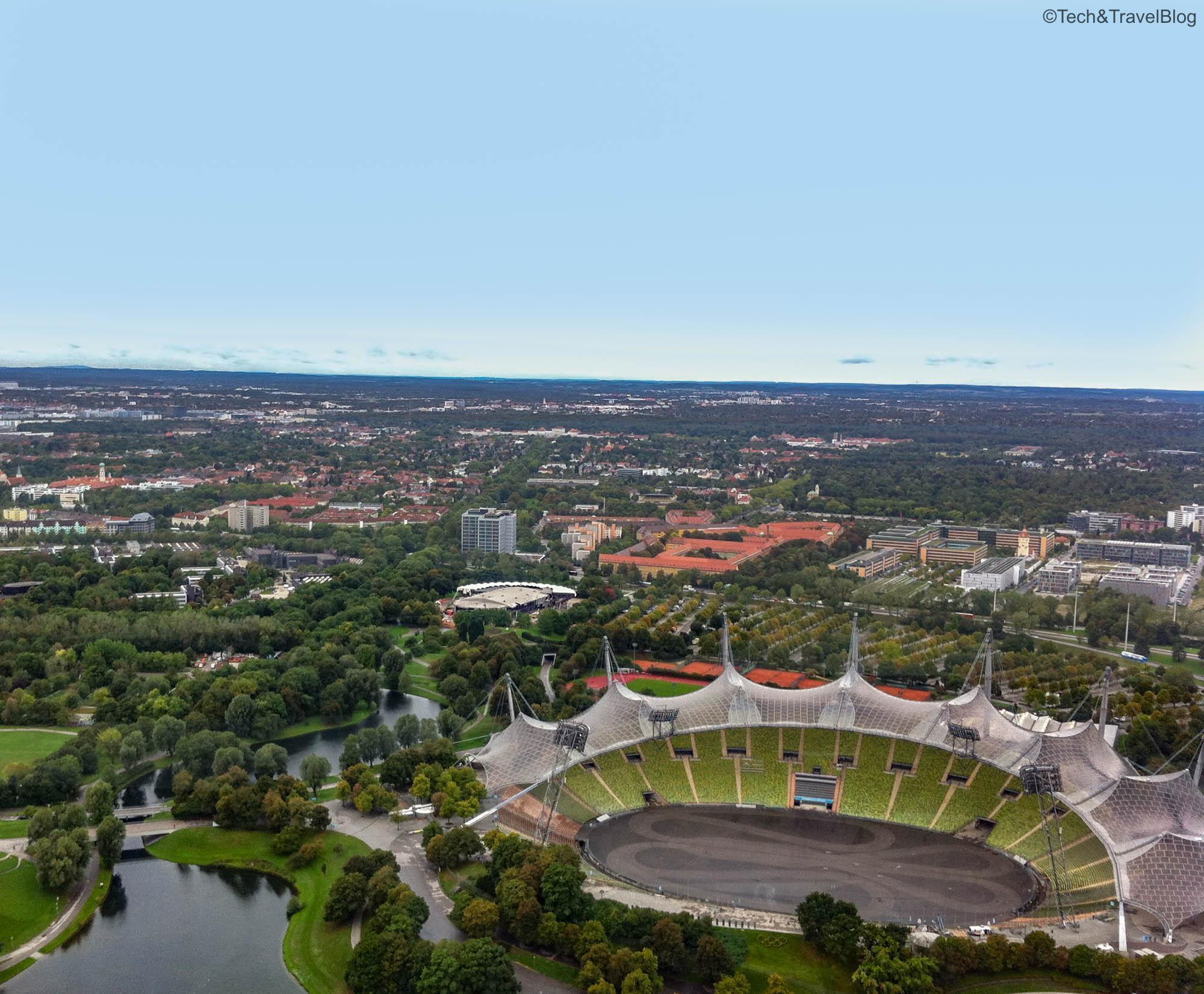
Olympiapark was the home of the 1972 Summer Olympics, being a former training ground for the Royal Bavarian Army. It is now a major leisure center and hosts a variety of events and concerts.
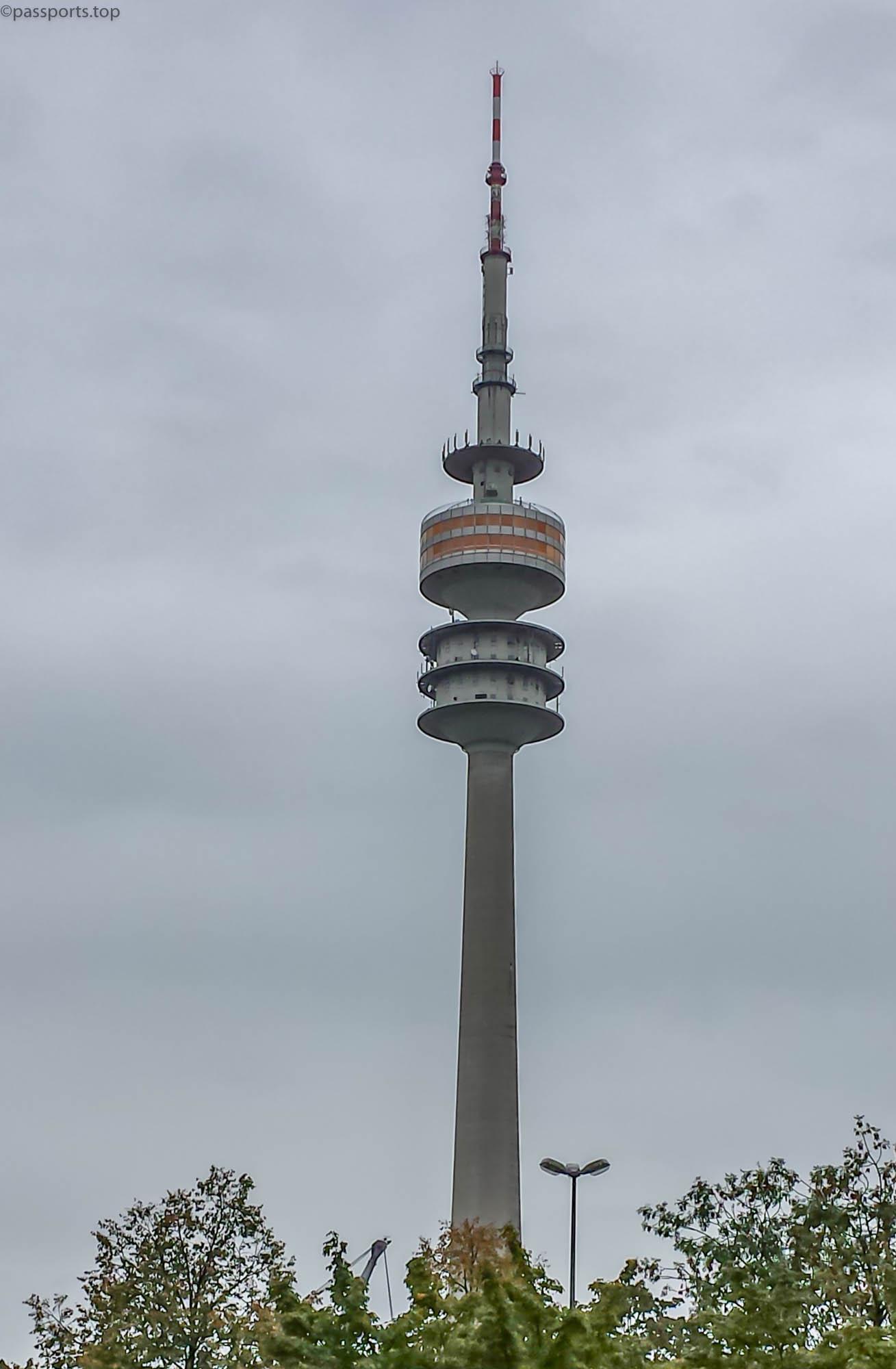
Inside the park is the Olympiaturm – a 291-meter-tall television tower built in 1968, which was renamed in honor of the Olympic Games. To go up to the viewing platform that offers views of the city and the park you have to pay a ticket of 9€/person.
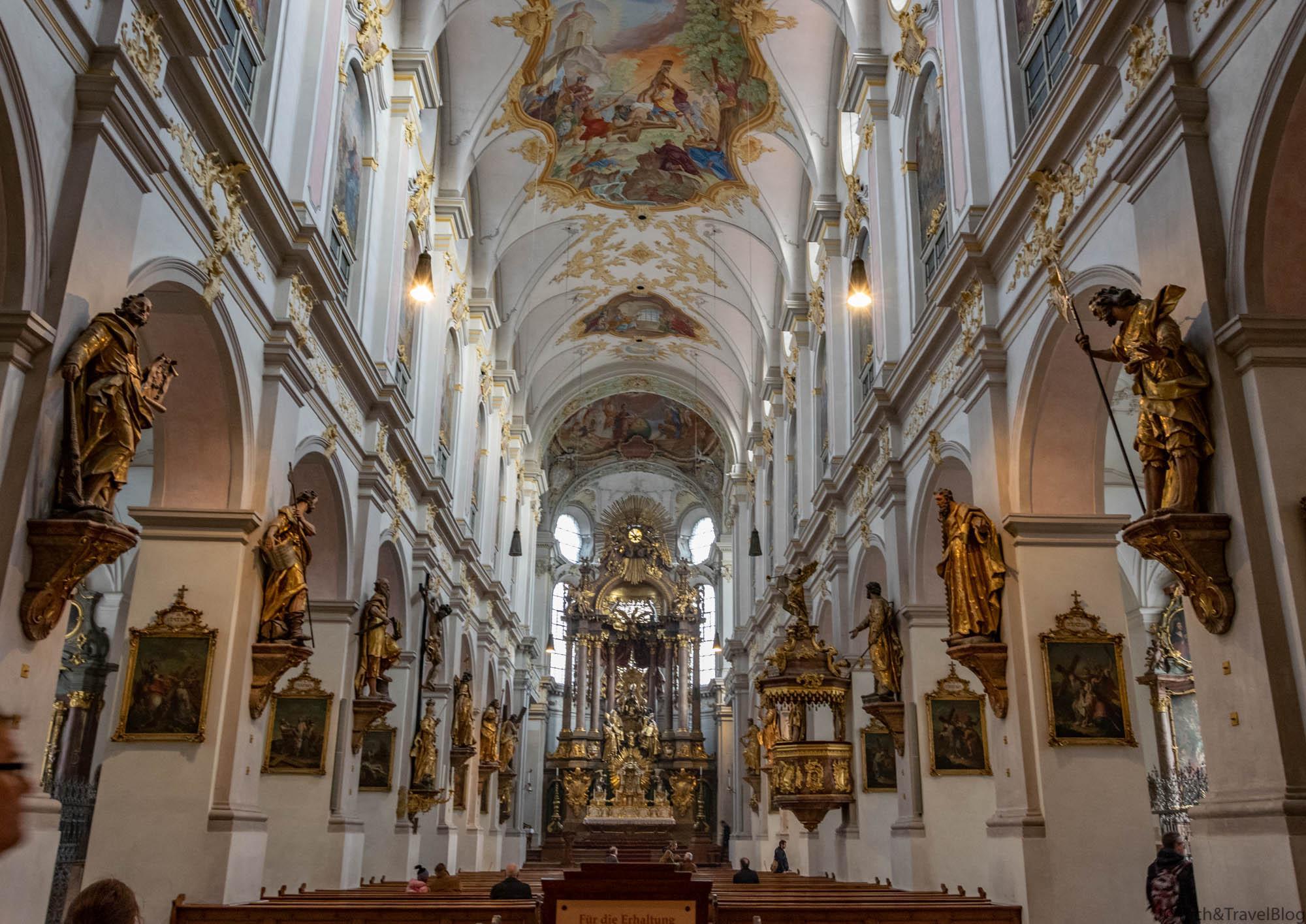
Peterskirche (Saint Peter’s Cathedral) dates from the 12th century, being the oldest church in the city. If you come here on a clear day I recommend climbing the 90 meter high tower from where you can admire the amazing view of the Bavarian Alps and Marienplatz.
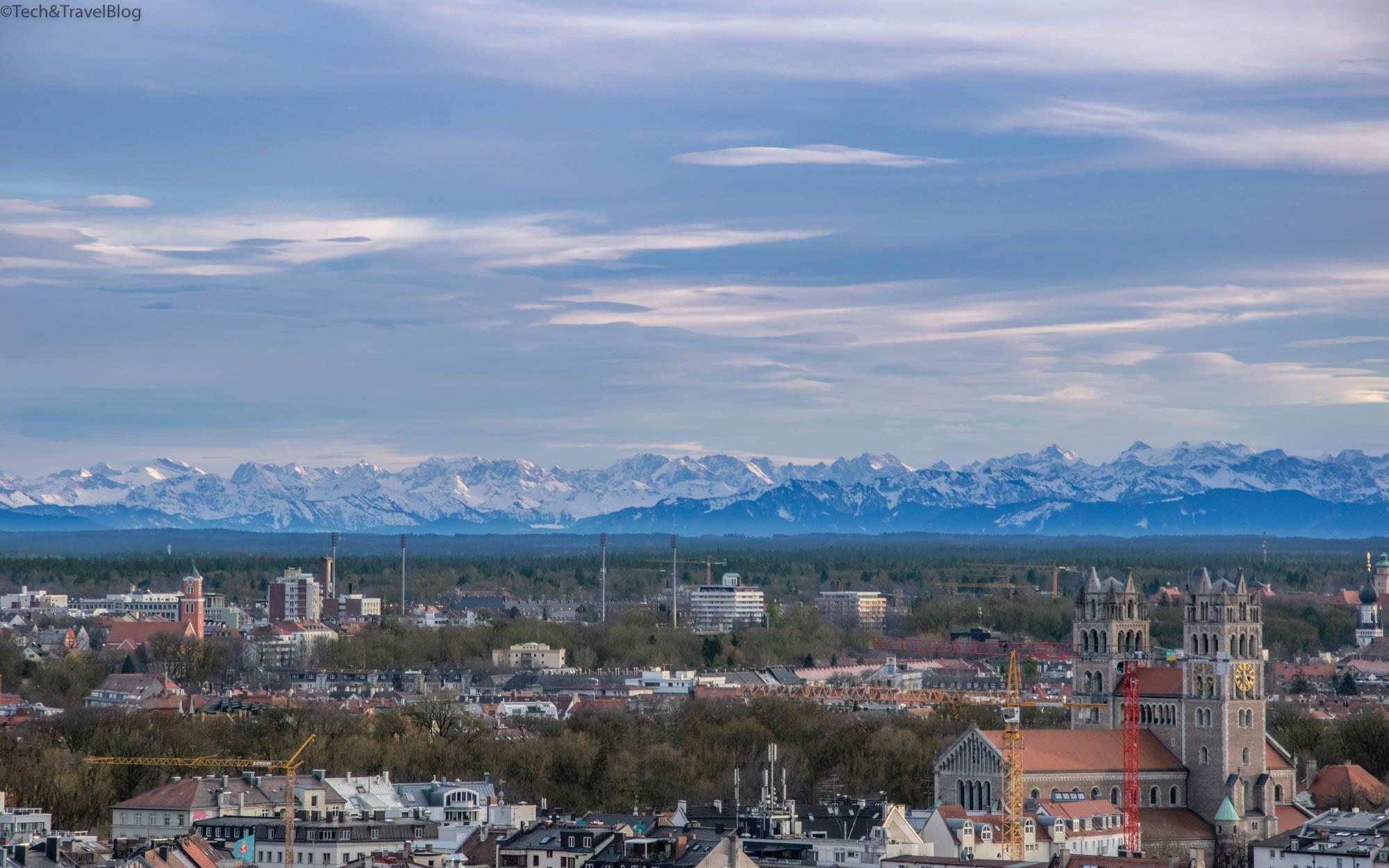
We were lucky to catch a sunny day and as you can see in the pictures, the scenery is stunning. The interior of the church can be visited for free, and to climb the tower you have to pay a fee of €3/person.
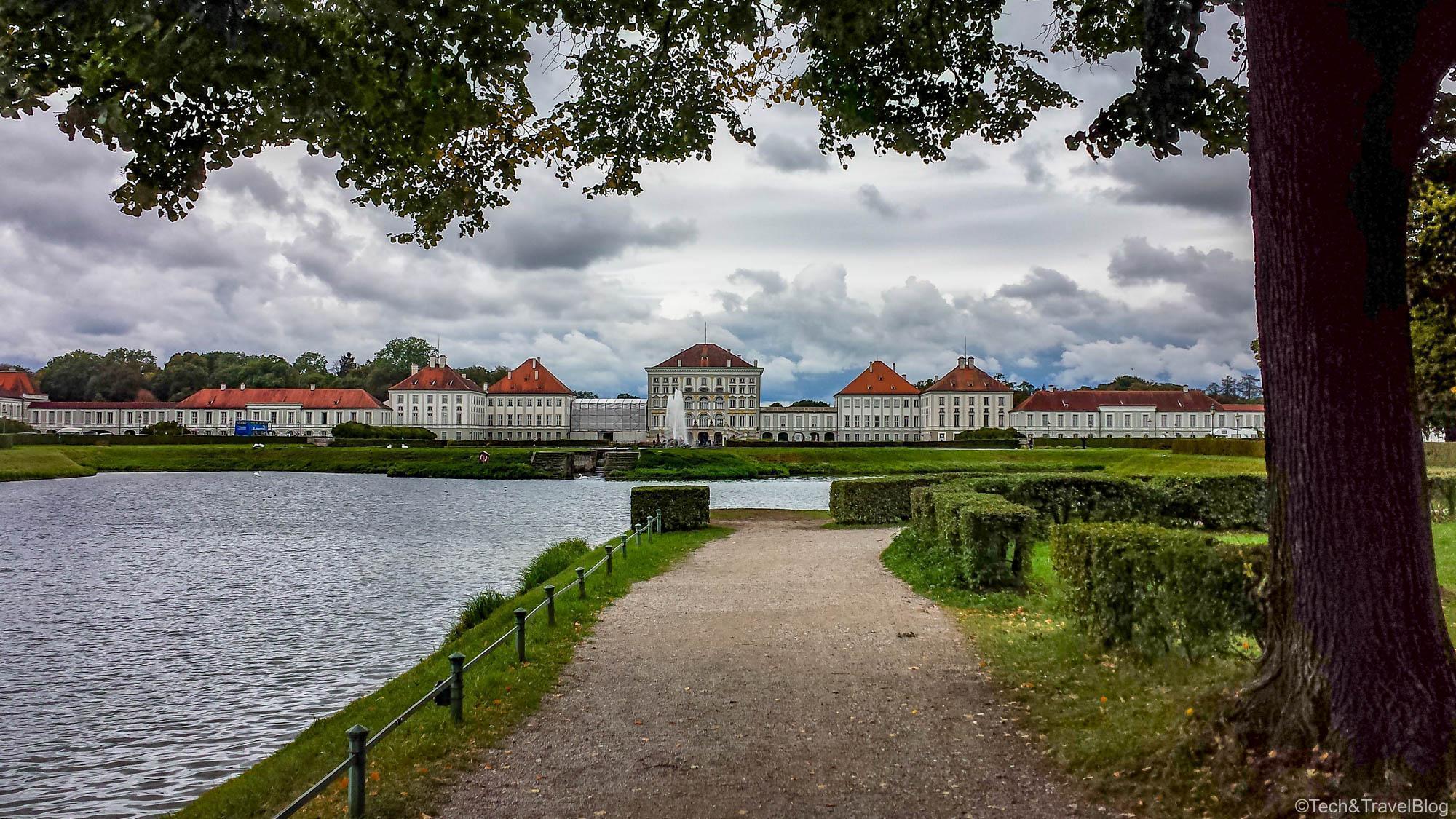
A few minutes’ walk from Marienplatz is Schloss Nymphenburg – one of the city’s most popular tourist attractions.
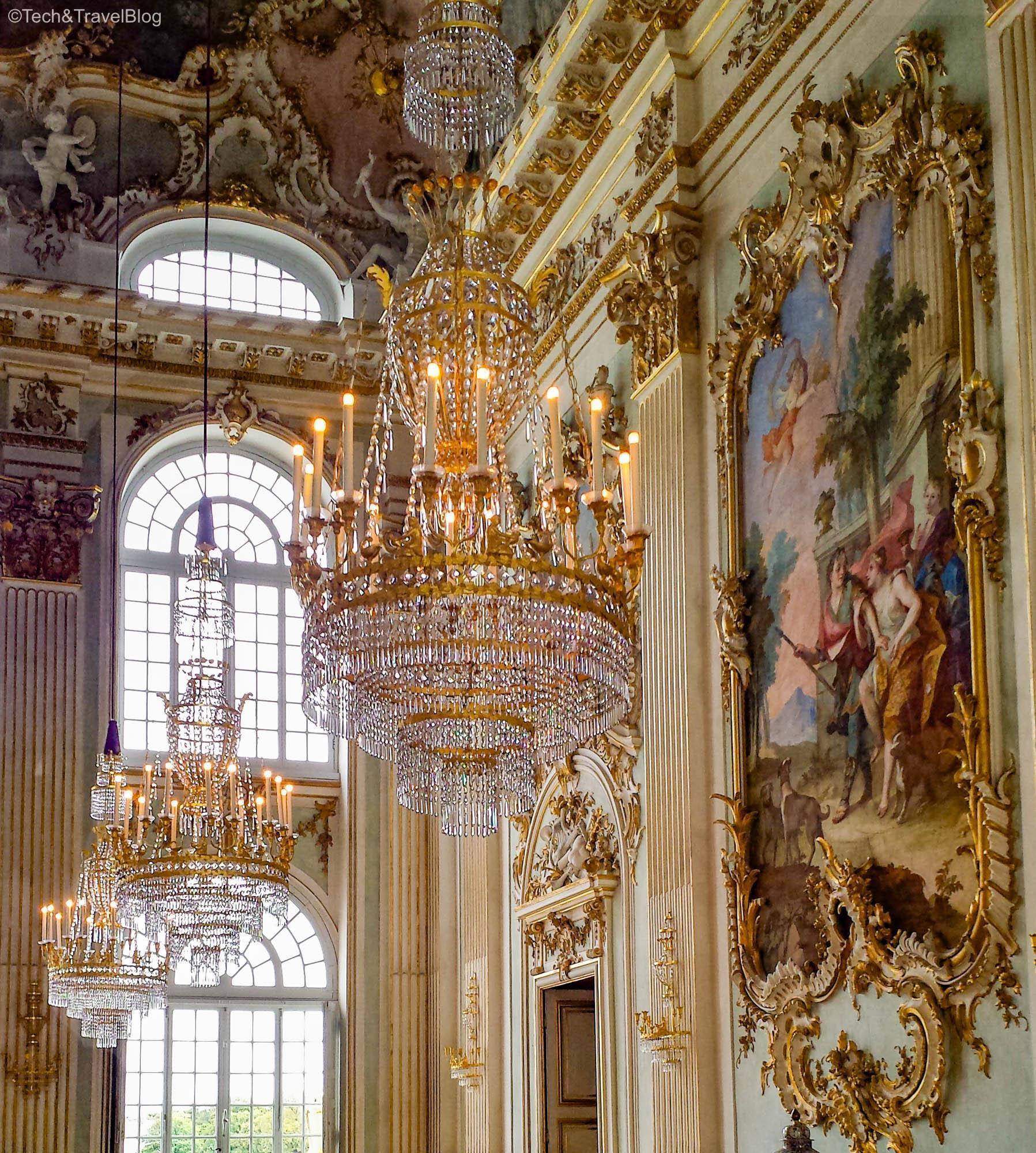
The rooms are decorated in their original style: baroque, rococo or neoclassical. Apart from the palace you can visit the palace stables which house a museum of ancient carriages and royal sleighs, the impressive porcelain collection and the gardens surrounding the palace.
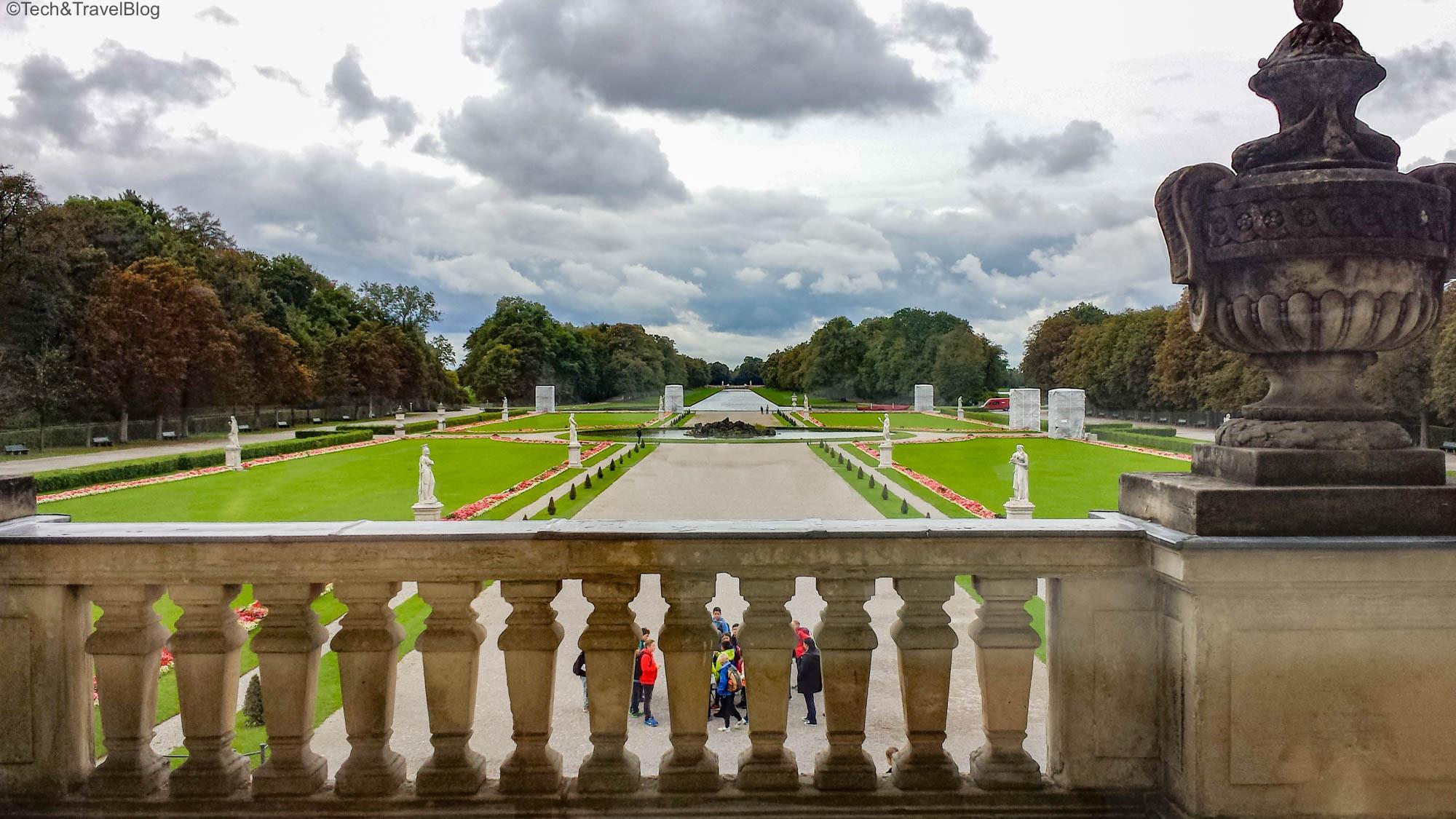
The price of a combined ticket (palace, Carriage Museum, Porcelain Museum and park palaces: Amalienburg, Badenburg, Pagodenburg, Magdalenenklause) is €15/person (April 1 – October 15) or €12/person (October 16 – March 31). The palace park is closed during the winter.
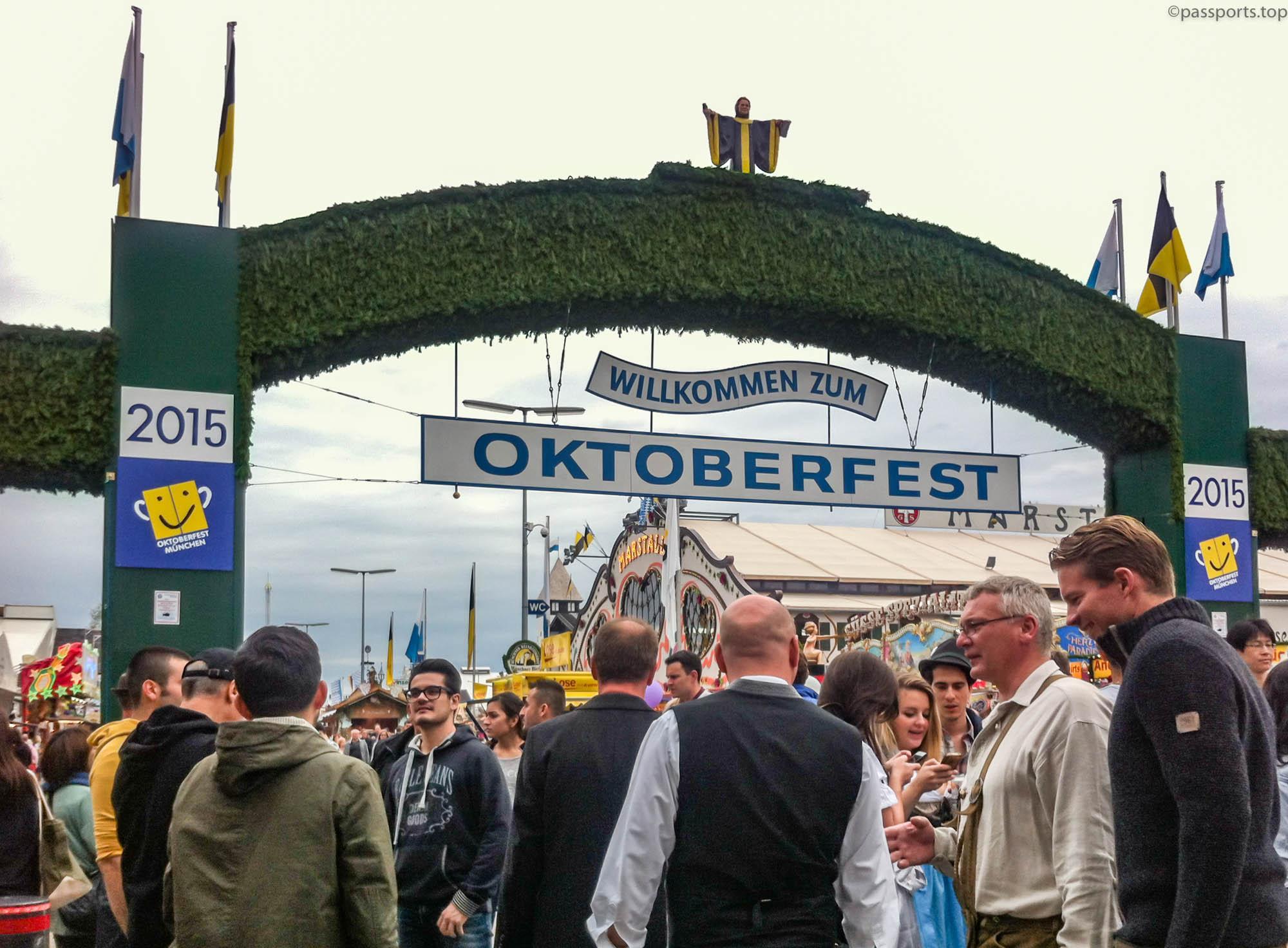
We can’t talk about Munich without mentioning Oktoberfest – one of the biggest festivals in the world that attracts over seven million visitors and millions of liters of beer are consumed.
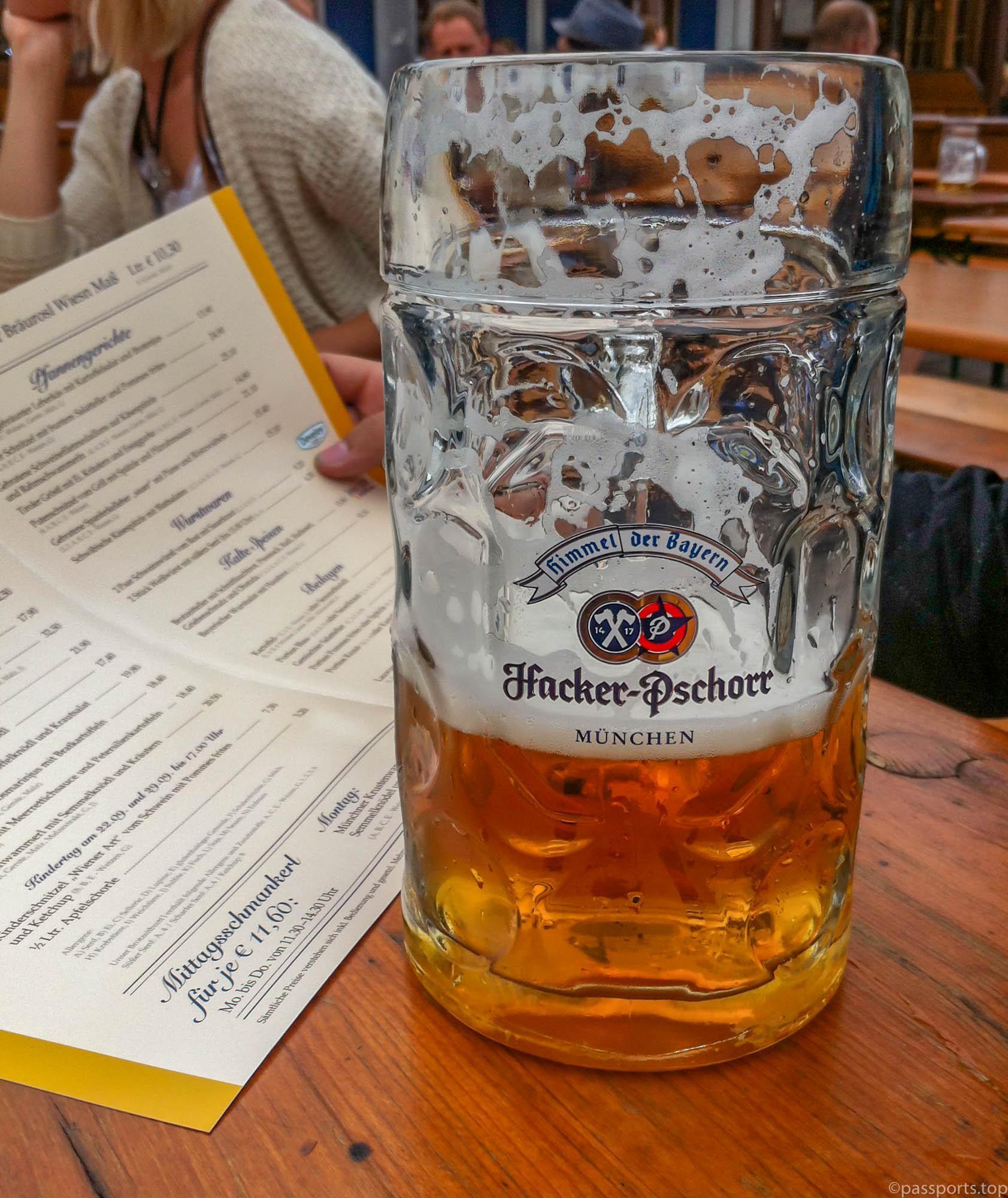
The festival starts on the third Saturday of September and ends on the first Sunday of October, where each brewery in Munich builds a temporary structure with a capacity of 6,000 people. On the first day of the festival there is a parade where the breweries and folk costumes are presented.
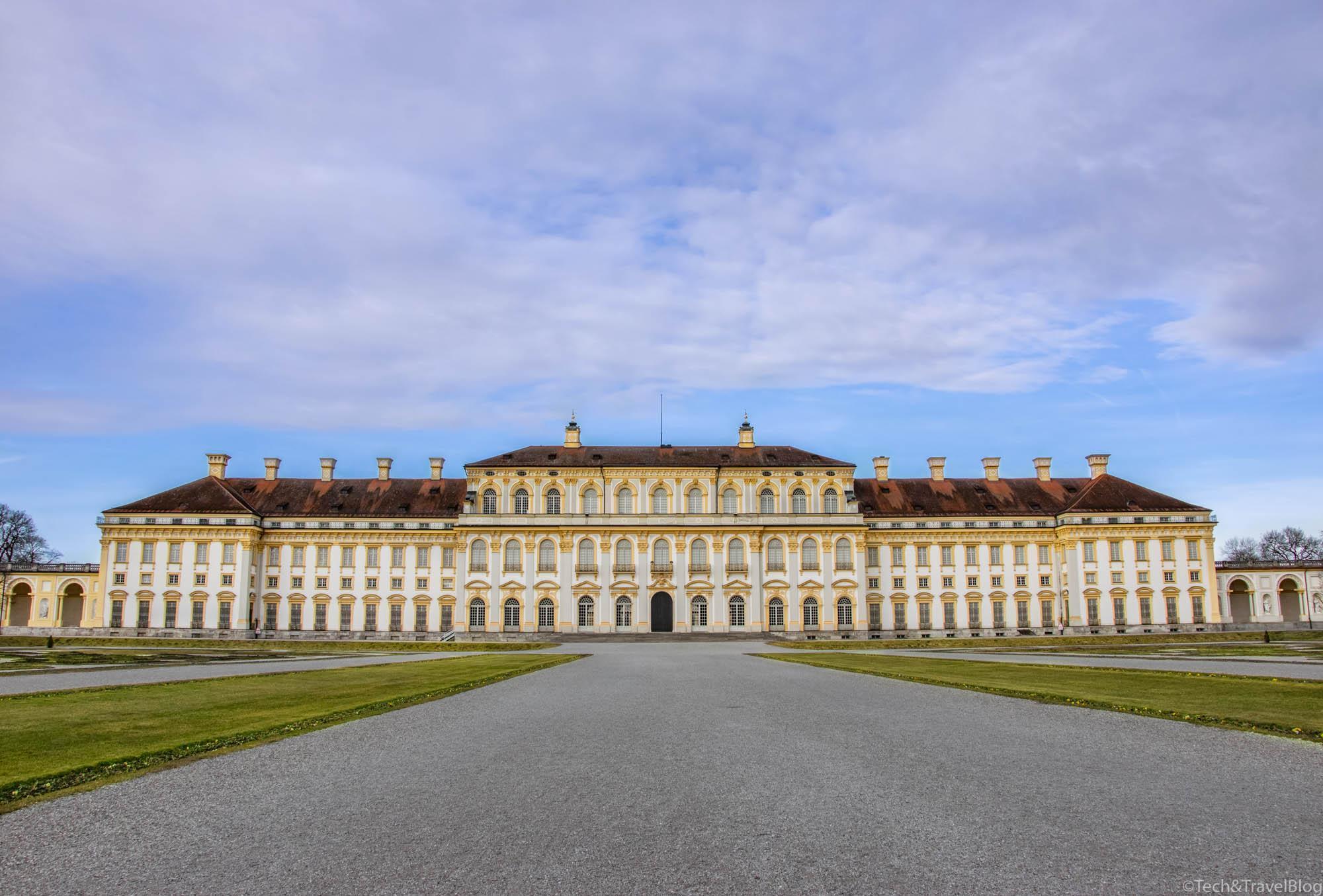
A short distance from Munich, in Oberschleißheim, is the Schleissheim Complex comprising the New Palace, the Old Palace, the Lustheim Palace and the Baroque Garden. The New Palace has a baroque facade 330 meters long and houses 45 rooms – galleries containing masterpieces from the European Baroque era. Lustheim Palace houses a porcelain collection and the Old Palace has been transformed into a museum of religious art.
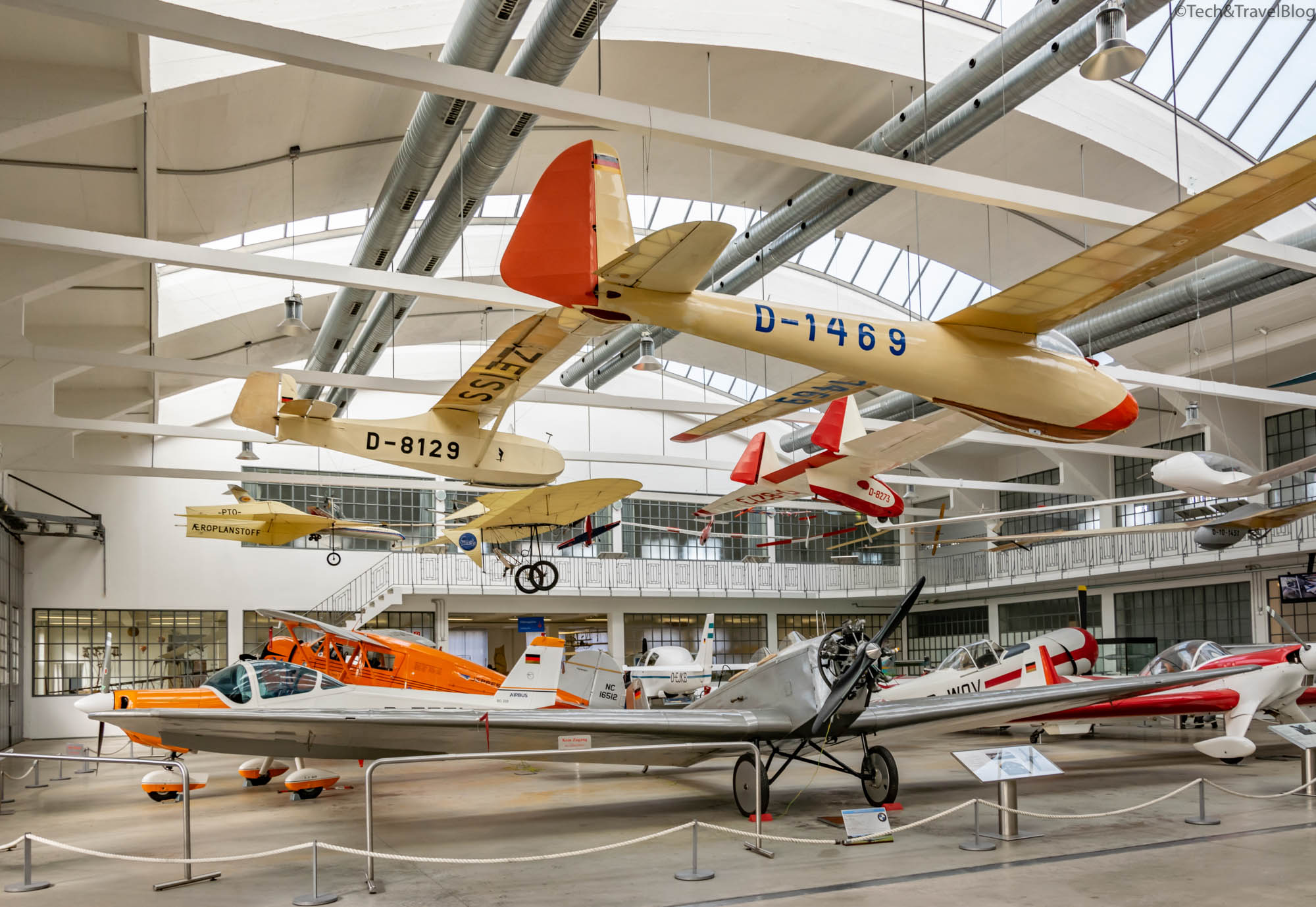
If you arrive in Oberschleißheim, also stop by the Deutsches Museum Flugwerft – an aircraft museum comprising two buildings: the maintenance hangar, with the historical part of the museum and the command station, and the new exhibition hall, with the restoration workshop. Ticket price: €7/person.
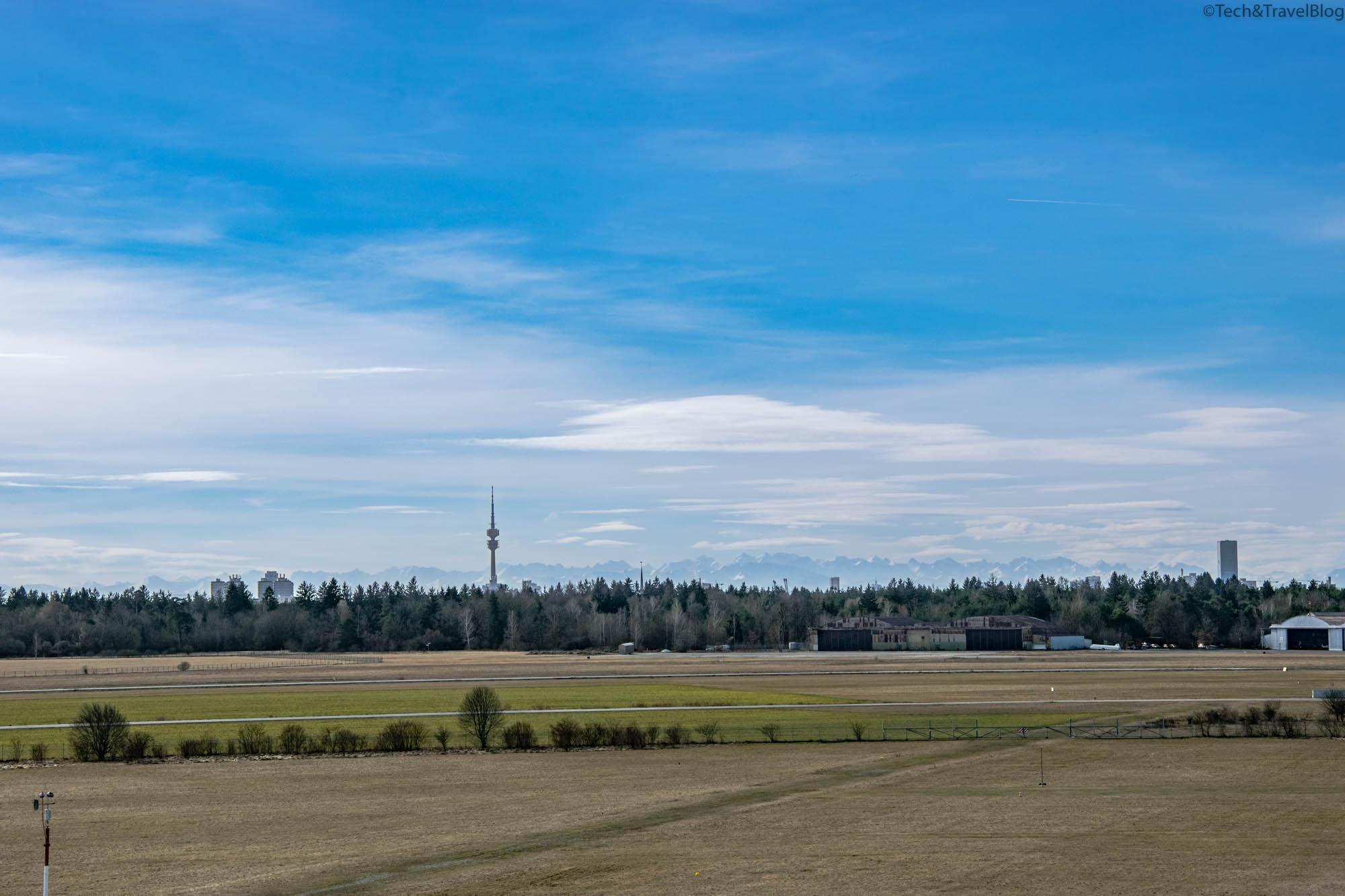
About 20 kilometers from Munich is the concentration center at Dachau, which recalls a dark period of history. If you want to know more details, I wrote an article that you can read here.
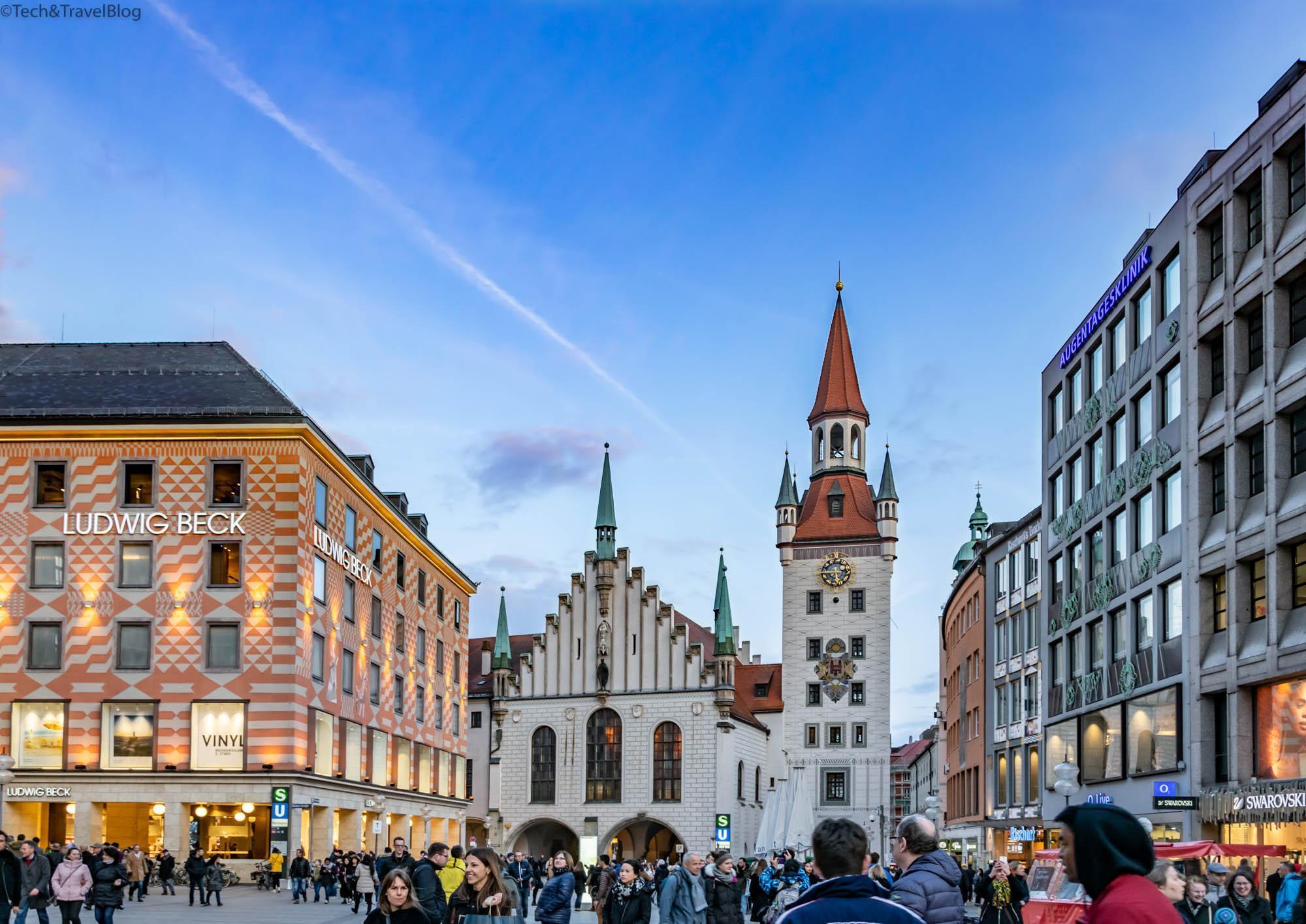
We first went to Munich in 2015 as part of a roughly two week trip through Europe. We left Romania for Budapest, then visited Vienna, Prague, Munich and Bratislava. Since 2015 we have visited Munich 3 or 4 times and each time we come back with love and it surprises us with the friendly atmosphere.
( Munich – October 2015)

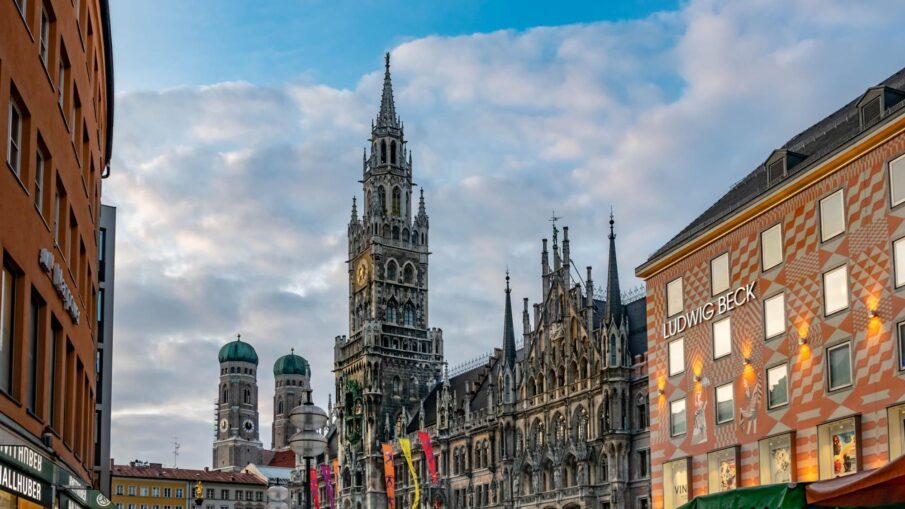
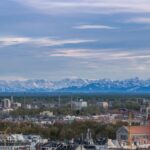
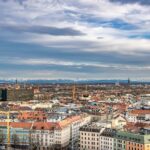
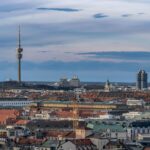
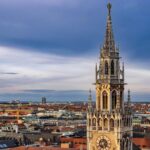
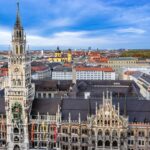
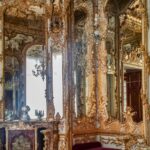
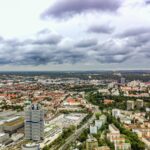
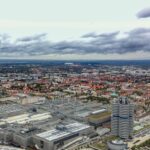
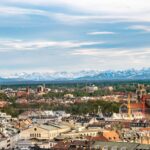
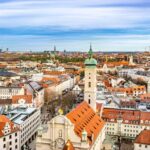
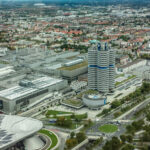
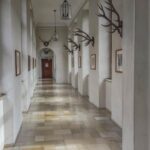
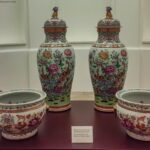
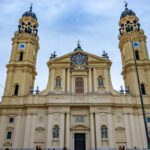
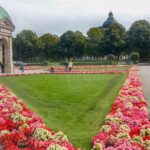
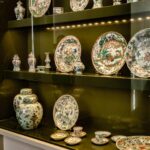

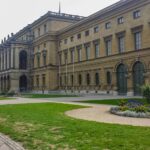
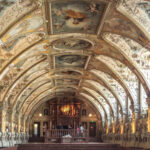
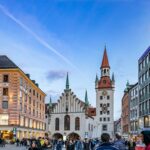
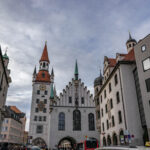
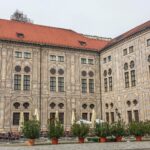
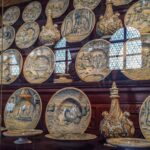
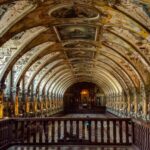
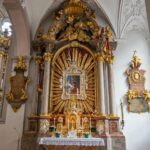
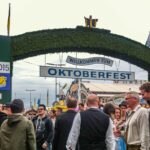
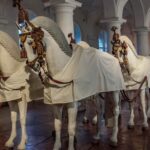
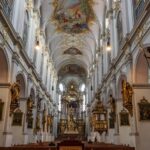
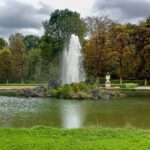
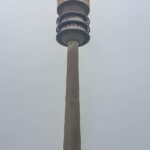
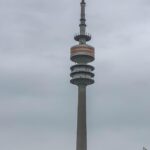
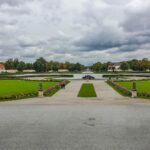
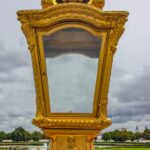
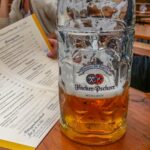
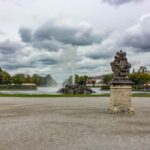
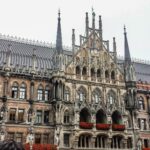
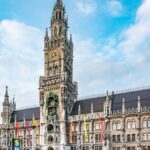
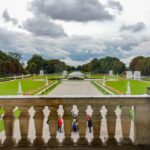
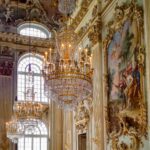
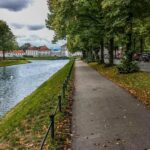
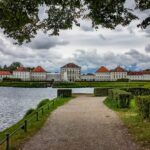
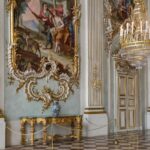
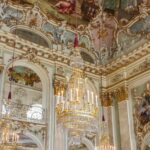
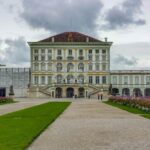
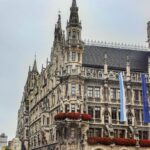
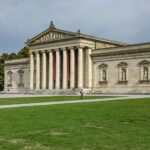
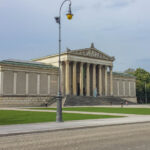
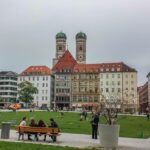
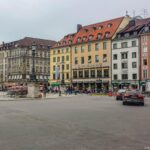

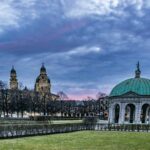
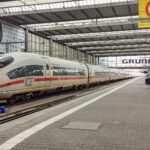
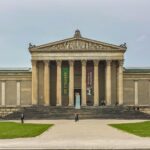
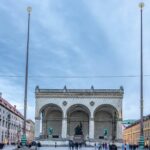
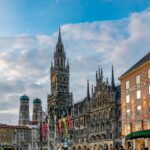
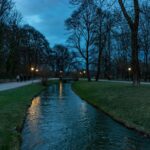

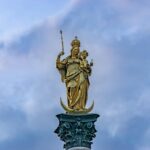
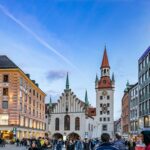
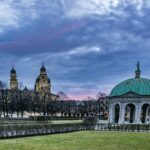
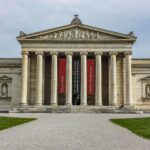
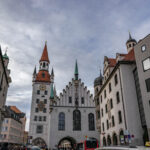
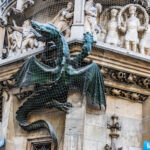
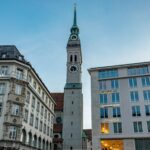
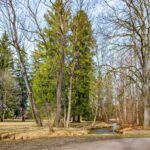

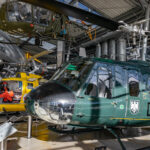
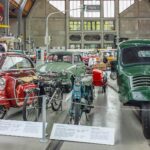
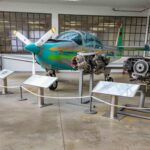
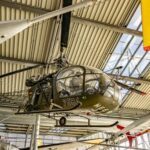

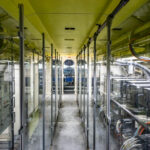
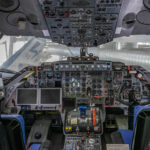

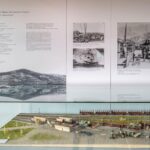
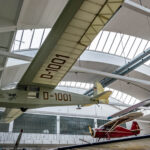


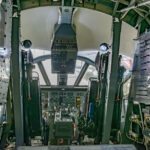
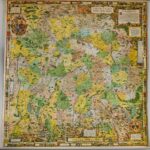
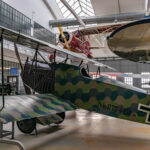

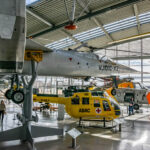
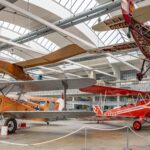
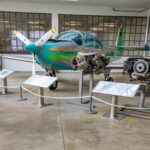
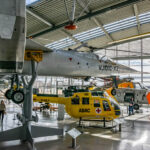




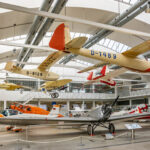
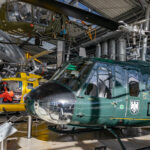

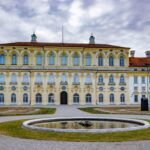
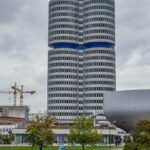


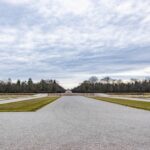
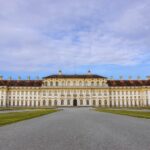
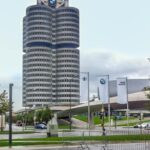

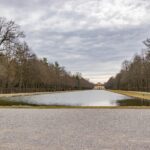
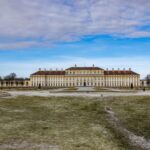



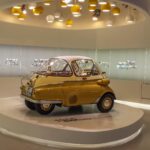
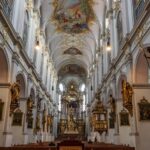
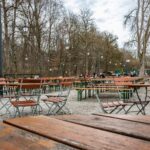

Leave a Reply